The Art and Science of Television – journal
- TV Science
- Editorial board
- Editorial Council Board
- Reviewers
- Documents
- Archive
“Nauka televidenya” [“The Art and Science of Television”] is a periodical research journal about digital media devoted to topical questions of history, theory and practice of the art of television, cinema, radio and new types of media. It publishes the results of studies in scientific directions “Cinema, television and other visual arts”, “Theory and history of culture”, “Sociology of culture and spiritual life”. It is based on the materials of the scientific works of the leading scholars of State Institute for Art Studies, GITR Film & Television School and of other Russian and foreign universities. It is addressed to researchers in visual arts and practicing specialists in the field of television, cinema, radio and new media.
The journal is published since 2004.
It is indexed in the WoS Core Collection, DOAJ, ERIH PLUS, the Russian Science Citation Index.
Included in CyberLeninka. Represented in Google Academia, Journal Whitelist of the Russian Center for Scientific Information,
Considering the indexing of The Art and Science of Television journal in international abstract and citation databases, in accordance with paragraph 5 of the regulations governing the compilation of the Higher Attestation Commission (VAK) peer-reviewed scientific publications list, where the primary scientific outcomes of doctoral and candidate dissertations are to be published (hereinafter referred to as “the List”), as endorsed by the Ministry of Education and Science of Russia through Order No. 534 dated May 31, 2023 (officially recorded by the Ministry of Justice of Russia on July 11, 2023, registration No. 74207), the journal is listed at number 826 within the List, categorized as K2.
ISSN (Print) 1994-9529, ISSN (Online) 2587-9782
DOI 10.30628/1994-9529
- To research the art of television in the context of contiguous arts and sciences
- To analyze the changes taking place in society and on television
- To develop scholarly knowledge in the sphere of the screen arts and screen culture
- To prognosticate the development of media industry
Formatting of the article
Size of the Article – 20-40 thousand print characters with spaces, including meta-data, abstracts and bibliographical list.
If the article is the result of research work (supported by a grant or similar funding), the maximum text volume may be increased, but it should not exceed 1.5 times the original length.
Fonts – Times New Roman, size 12 pt with a one and a half interlinear interval.
The journal applies: the APA referencing system, 6th edition.
English-language articles use the punctuation system adopted in the academic practice of the United States of America.
We ask to submit the original versions of the articles along with Application (see: Documents) via e-mail: journal@gitr.ru
Structure of the text
The information about the author or authors is placed above the title of the article in the following order: name, patronymic, surname, place of work/study, academic position with indication of the subdivision, postal address of organization, work phone, academic degree, academic title, and author’s e-mail address, and are published together with the article.
Contact information: postal and e-mail addresses and home and mobile telephones are not subject to publication.
Indices of Universal Decimal Classification (UDC)
Title of article
Information about the Source of Financing (Grant Giving) of the research/publication, if any, is indicated as a “star” footnote to the article and is given in the interlinear space on the first page.
Abstract. The size of the abstract must be 280-300 words. Its content should aim the reader at receiving the fullest preliminary impression of the article.
In the translations of the English version of the abstract, keywords and title of the article, as well as the bibliography, it is necessary to use the services of academic specialists who are competent in this branch of knowledge.
Use of automatic translators is not permitted.
The Keywords for the content of the article (10-15 words) are placed after the abstract.
Sources. In each article it is necessary to include at least 5 academic sources from other countries published during the course of the last 5 years, close to the issue of the concrete article indexed, as a rule, in the WoS and Scopus databases.
References. References shall be formatted as a bibliographic list of sources in accordance with the accepted APA format (6th edition) at the end of the article. Sources shall be listed alphabetically. In-text references shall be given in parentheses (author’s last name, year of publication, page), for example, (Kirkpatrick, 2007, p. 46; Sergeyeva, Orekh, 2021, pp. 17–19). All references to digital resources shall indicate the access date. Every mention of scholars or researchers in the text of the article must be accompanied by references to their work.
Usage of referential-encyclopedic and tutorial-methodological literature as sources must not exceed 25% from their total amount in the text.
It is necessary to make use of academic editions and/or editions supplied with a crypto of the Federal Tutorial-Methodological Unity, etc.
Crossover quotation is not permitted!
Initials in the text are typed by means of nonbreaking space together with the surname (simultaneously pressing the keys “Ctr” + “Shift” + “space”). There must not be any spaces between the initials.
Quotation marks. In the cases when both the inner and the outer quotation marks are used, the “guillermets” (herring-bones) must present themselves as the outer quotation marks, and the “inverted commas” (or “double-quotes”) must present themselves as the inner quotation marks.
Dashes. The long dash (—), the short dash (–), and the hyphen (-) may be used.
Automatic numeration of the text editor is not used in lists and indices.
The infographics, including the tables, schemes, pictures and formulas must be numbered; the schemes and tables must contain headings placed over the scheme or margin of the table, while each picture must contain a picture caption.
The list of sources is documented as bibliographical references situated beyond the text, in correspondence with the established standard (GOST R 7.0.5-2008 “Bibliographical reference”), is brought out after the end of the article. The sources are given in the order of their mention/quotation in the article. References to the list in the main text are given in square brackets [number of the source in the list, page] (for example, [8, pp. 10-15; 9, p. 128]). Upon the necessity of repeated quotation, reference is given on the number of the first mention of the source. Repeated complex citations are not used.
The headings (and titles of journals) in the second and subsequent citations may not be replaced by their verbal equivalents “aka,” “ibid,” etc.
Upon formatting the list of sources automatic numeration of the text editor is not used, the order number is separated from the text of the reference by a tabulation sign. The “dot” and “dash” sign separating the spheres of bibliographic description is replaced by a “dot.” In all bibliographical references to electronic resources the access date must be indicated.
Any mention of scholars and researchers in the text of the article must be accompanied by references to their works.
The Notes are written as footnotes. The sign of the footnote is placed directly after the word, number, symbol or sentence to which the elucidation is provided. The sign of the footnote is carried out in superscript in Arabic numerals in the upper register — а1, а2 (simultaneously pressing the keys ctrl + alt + f). The footnote is placed at the bottom of the page starting from the paragraph indention, separating it from the text by a short horizontal line on the left.
Picture captions are documented according to the following scheme: title/number of illustration — explanations of it (what/who is depicted, where; for illustrations of covers of books and their content – bibliographical description; etc.). The names of the files in the list must correspond to the names/numbers of the provided photo materials.
Materials in English
Information about the author/authors — name, initial of patronymic (if any), surname, place of work (study), author’s postal and e-mail address, title of article, thesis, keywords (in the same scale and order as in the Russian text), information about the source of financing — in printed out and in electronic form to be sent by e-mail (separate file) containing the text in the format of Microsoft Word.
The list of sources in transliteration is provided in a separate file with a translation into English. The numeration of the sources must correspond to the numeration in the author’s original in Russian.
Illustrative materials
Illustrative materials are provided in electronic form in separate files in the TIFF/JPG formats with expansions of no less than 300 dpi simultaneously to the author’s original of the article. Providing illustrations imported in the format of Microsoft Word, as well as Xeroxing them is not allowed.
The tables, schemes, diagrams and graphics are provided in files in the format of Microsoft Word, including the basic data in which editing graphic materials are possible.
The illustrative material and the infographics must be adapted for high-quality black-and-white print.
The author provides the picture captions to all the graphic illustrations (included in the file with the author’s text).
Authorship of the publications
The authors of the publication are deemed to be those researchers who have formed the conception of the text, have engaged in active participation in its development, as well as the achievement of results, including their interpretation and/or reinterpretation. In addition, the authors of the publication include persons responsible for the philological architecture of the text (including those who carried out its academic editing in correspondence with the parameters of submission of the manuscripts to the journal).
The first author in the list of co-authors may only be the supervisor of the group of authors of the manuscript who has taken the greatest part in the process of preparation of the text and is familiar with the entire process of undertaking scholarly work. The supervisor of the group of authors is also required to be the “author for correspondence” – for communication with the editorial board of the journal and the readers (after the publication of the article).
The coauthors may be considered those who have made a considerable amount of contribution to the preparation of the text and the undertaken research. In those cases when the participants of the research work have made considerable contributions in a certain direction within the research project, they must be indicated as persons who have made a considerable contribution to this research.
The author must ascertain that all the participants who have made a considerable contribution into the research are presented as coauthors, while those persons who have not participated in the research would not be listed as oauthors, that all the coauthors would see and approve of the final version of the work and would agree to present it for publication.
- The methodology of screen art and culture
- The phenomenon of “time” and “space”
- The structure and plot in screen-related works
- Representation of the image of the contemporary hero
- The language of the screen-related media
- The media education
Ethical standards
Editorial policy
Upon formation of the editorial polity the Journal bases itself on recommendations of international organizations for the ethics of academic publications:
- EASE Guidelines for Authors and Translators of Scientific Articles to be Published in English
- Code of Conduct and Best Practice Guidelines for Journal Editors
- Code of Conduct for Journal Publishers
- Principles of Transparency and Best Practice in Scholarly Publishing
- COPE Ethical Guidelines for Peer Reviewers
- Retraction Guidelines
- International Standards for Editors and Authors
Observance of the ethical norms and rules is mandatory for the participants of the process of publication of academic materials: authors, reviewers, members of the editorial board, editors and employees of the publishing house.
Upon emergence of suspicions of violation of any of the principles published below, the editorial board of the journal “Nauka televideniya” follows the instructions of the Committee on Publication Ethics (COPE).
Editorial ethics
The editor-in-chief of the journal “Nauka televideniya” [“Television Scholarship”] carries out the supervision of the publication of the journal and its conception and, along with the other members of the editorial board, holds the responsibility for making the decision regarding the publication of the articles.
The editorial board together headed by the editor-in-chief of the journal holds the exclusive right of accepting/rejecting manuscripts for publication.
Requirements for publication
- novelty of research
- academic quality
- correspondence of the article to the format of publication and its overall mission
Original articles form the priority of the journal
Multiple (double) and repeated publications in the journal “Nauka televideniya” [“The Art and Science of Television”]are not permitted, with the exception of reviews on significant scholarly events and academic publications.
Authors are required to notify the board of directors of any previously made publications of the presented text (the thesis of the dissertation, theses of conferences, the presentation of a previously published article), which shall help the editors to decide whether it would be possible to relate the submitted manuscript to multiple (double) publication.
We request that original articles are presented by e-mail:
Peer Reviewing Process
Order of examination of manuscripts
Each text submitted to the journal for possible publication is submitted, upon the decision of the editorial board, for Peer Reviewing to 2 members of the Editorial Council Board, whose academic activities correspond most closely to the profile of the material to be considered. If necessary, subject experts outside the Editorial Council Board are involved in the reviewing process.
Both reviews shall comply with the principle of double-blind reviewing (the reviewer and the author/s of the manuscript do not have access to cross-personal information).
For this purpose, the authors shall submit to the editorial board their article in 2 versions: one fully formatted and the other one depersonalized, i.e. without any affiliation with the author/s, including references to the texts they authored/coauthored, or to the independent texts of the coauthors, in intellectual partnership with whom they published their papers earlier.
Any influence of the current political, social, economic situation on the evaluation of manuscripts shall be ruled out, as well as any possible authors’ discrimination on the grounds of their sex, race, nationality, sexual orientation, ethnic origin, religion, citizenship (or lack thereof), political views, or social status.
In case of divergence of experts’ opinions, the manuscript is submitted for an additional Peer Reviewing, which is prepared by an external specialist according to the principle of double-blind reviewing.
The reviews for each article are preserved for 10 years.
Public academic dialogue
The journal is interested in constant activation of scholarly discussion, so the brightest comments, including those of a critical profile, in case of the editorial board making the decision to publish the article, are placed in the subsequent issue as an academic publication.
If there is a review prepared according to the principle of double blind Peer Reviewing, the author of such a review gives his or her preliminary consent for such a publication. If consent is not given, the review is not published in the issue.
The author of a Peer Reviewed article has the right to give his or her response (in the present or the subsequent issue of the publication) to the review published in the journal.
Upon necessity, with the aim in mind to enhance the academic quality of the published materials and to preserve ethical standards the journal publishes corrections, clarifications or apologies, as well as letters to the editors on the pages of the publication and/or on its official website.
The rights of the Editorial Board
The editor-in-chief and the editorial board reserve the right not to accept works formatted with deviations from the rules established in the journal and violating the requirements exerted on the authors of the articles.
The manuscript may be rejected on the stage preceding the Peer Reviewing, if there are weighty reasons present for this:
- the subject matter of the article does not correspond to the research directions of the journal
- the article has previously been published in another edition
- the article contains obvious signs of low quality
- in the submitted materials there is an essential contradiction to the ethical principles which the journal adheres to
- all the submitted manuscripts not rejected for the aforementioned reasons at the first stage are passed on to reviewers
Responsibility of the Reviewer
Each disputable incident is an object for special examination of the editorial board.
The reviewer may be expelled from the team of the editorial board / editorial expert board / pool of reviewers from outside in the following cases:
- upon their own wishes, confirmed by a litter to the editorial board of the journal
- in the case of establishment of the fact of a non-objective review
- upon publication of any text bearing obvious indications of violation of academic ethics (plagiarism, academic forgery, etc.)
Conflicts of interests
Upon cases of conflicts of interest of the reviewer/editor with the author of the manuscript, about which the first is required immediately to notify the members of the editorial board, the manuscript must be passed to another reviewer/editor.
In the case of a member of the editorial board / editorial expert board submitting an article for publication in the journal, the article is subject to mandatory Peer Reviewing by two specialists, one of which is a member of the journal’s editorial expert board (double blind Peer Reviewing), and the other is a specialist from outside following the profile of the presumed publication (one-sided blind Peer Reviewing).
If there is a divergence of opinions of the experts, the article is passed for two additional reviews written by specialists who are not members of the editorial board upon an analogous principle – one-sided and double blind Peer Reviewing.
The final decision regarding the contested material is made at a session of the journal’s editorial board headed by its editor-in-chief (without consideration of the opinion of the author of the discussed article).
Plagiarism, academic forgery, retraction of articles
Upon discovery of plagiarism, which is understood as inclusion into the material presented for consideration of publication material of borrowed text without links to the source from where the facts/ideas were derived, and/or academic forgery interpreted as an indubitable representation in the texts of facts relating to a different fact/event/phenomenon, the article is rejected without the right of repeated submission, while its author is placed into the list of researchers whose materials are barred from publication in the journal.
A similar list is placed in open access on the official website of the publication.
Examination of the texts in Russian is carried out with the help of the “Anti-Plagiarism” database, in certain cases the manuscripts are given to the scrutiny of the Independent Web Comminuty “Dissernet.” Texts in English are checked by means of the web search engine “Google.” All the materials of the journal “Nauka Televideniya” [The Science of Television] are presented in open access by its Editor, Editorial Board, Editorial Council Board and contributors with the aim of intensification of the international exchange of knowlege and acceleration of the development of research actvity (for greater detail see Budapest Open Access Initiative.) The issues of the journal are accessible for downloading and further work without any additional limitations by the licence Creative Commons Attribution International 4.0 CC-BY upon the condition of indicating the authorship.
In case of discovery of the presence of plagiarism / academic forgery in the text the journal immediately shall make the effort of retracting such an article, including such actions as withdrawing the text from the electronic version of the edition placed in open access on its website, and publishing in its successive issue of an official letter to databases where such a text is indexed with requests to immediately retract it from the database.
The journal also reserves the right to officially inform the employer of such an author about the fact that has taken place and to turn for legal action to protect the honor and business reputation of the publication and the publisher.
Quality of the sources
The journal’s editorial board asks the authors of the submitted manuscripts to pay attention on the information in the following Internet websites:
- The independent net community “Dissernet,” the section of dissertations of Russia and the countries of the near abroad
- The independent net community “Dissernet,” the section of Russian academic periodicals
- Beall’s List of Predatory Journals and Publishers (publishers)
- Beall’s List of Predatory Journals and Publishers (journals)
Upon preparation of the manuscripts it is not recommended to use references on publications in journals excluded from the Russian index of academic citation. A complete index is placed in the corresponding section of the website of the Scholarly electronic library: https://elibrary.ru/titles.asp?risc=2&sortorder=0
Policy of open access
The editor, editorial board, editorial expert board and contributors of the journal “Nauka televidenia” provides free access for the sake of the intensification of the international exchange of knowledge and acceleration of the development of research activity. For greater detail about this see: Budapest Open Access Initiative.
All the issues of the journal are available for downloading and subsequent work without any subsequent limitations on the basis of the license
Attribution-NonCommercial-NoDerivatives 4.0
International (CC BY-NC-ND 4.0)
Authors’ rights
The authors retain full rights to their texts published in the journal, which means a complete absence on the part of the author of any constraints to administer the texts hereafter according to his or her discretion.
- The journal doesn’t charge authors neither Article Processing Charge (APC) nor Article Submission Charges (ASC)
- Honorariums are not paid to authors of the publications
 Konson, Grigoriy Rafaelyevich
Konson, Grigoriy Rafaelyevich
Editor-in-Chief, Editor, D.Sc. (in Art History), D.Sc. (in Cultural Studies), Professor, Director of the Humanities & Social Sciences Center—Chairman of the Council for Humanities & Social Sciences Research, Education, & Culture, MIPT University, Moscow, Russia
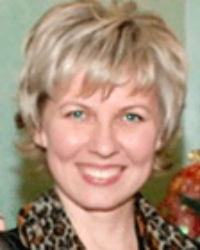 Khvoina, Olga Borisovna
Khvoina, Olga Borisovna
Executive Secretary, Editor, PhD (in Art History), Professor, Rector’s Advisor for Academic and International Affairs, the GITR Film and Television School, Moscow, Russia
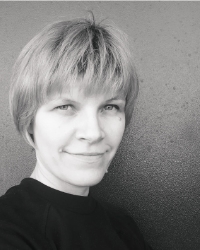 Evstropova Anna
Evstropova Anna
Member of the Editorial Board, translator, Samara, Russia
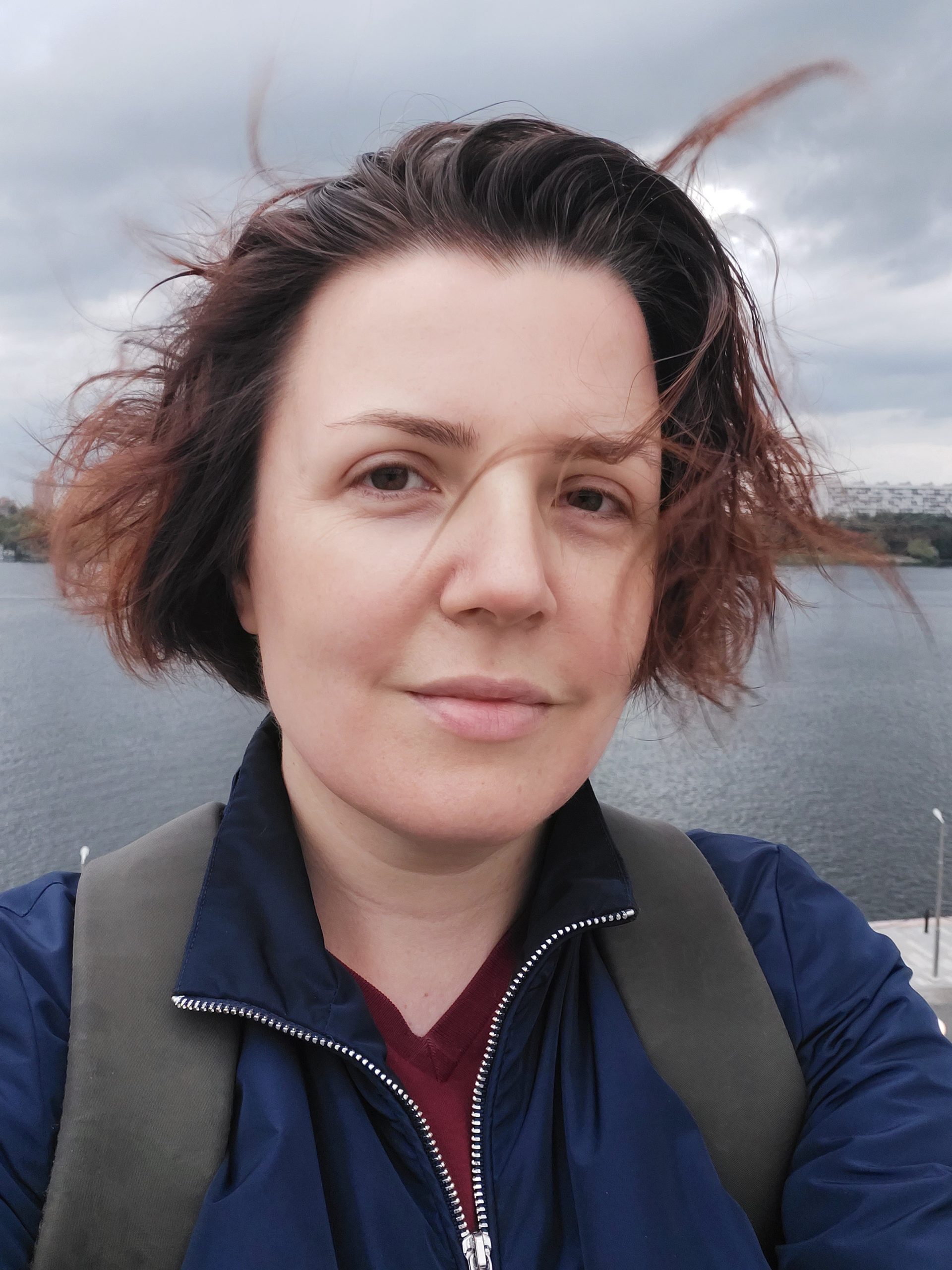 Kazachkova, Maria Anatolievna
Kazachkova, Maria Anatolievna
managing editor of the Music scientific editorial staff,
The Great Russian Encyclopedia,
Moscow, Russia
 Stepanova, Alina Gennadevna
Stepanova, Alina Gennadevna
Member of the Editorial Board, Chief of the Section for Scholarly-Technical Information, the GITR Film and Television School, Moscow, Russia
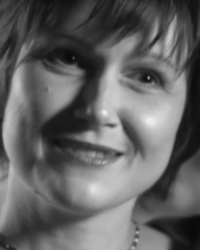 Frolova-Walker, Marina
Frolova-Walker, Marina
Member of the Editorial Board, PhD (in Art History), Professor, Cambridge University, Cambridge, United Kingdom
 Litovchin, Yuri Mikhailovich
Litovchin, Yuri Mikhailovich
Chairman of the Editorial Council Board, PhD (in Art History), Professor, Rector, the GITR Film and Television School, member of the European Cinema Academy (EFA), Moscow, Russia
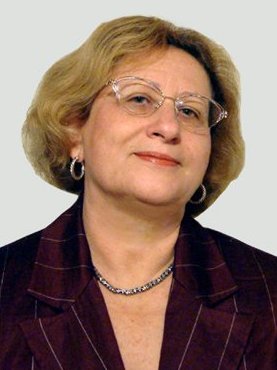 Burlina, Elena Yakovlevna
Burlina, Elena Yakovlevna
Member of the Editorial Council Board, D.Sc. (in Philosophy), Professor, the Samara State Medical University of the Ministry of Health of Russia, Samara, Russia
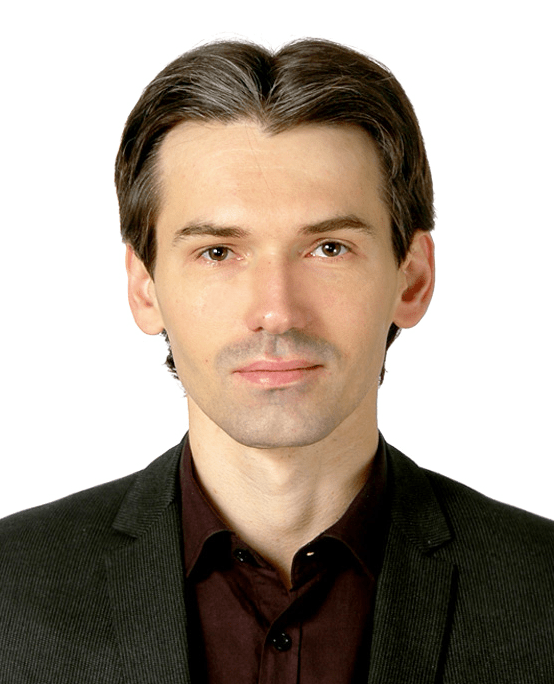 Denikin, Anton Anatolyevich
Denikin, Anton Anatolyevich
Member of the Editorial Council Board, PhD (in Culture Studies), Professor, the GITR Film and Television School, Moscow, Russia
 Zorin, Artyom Nikolayevich
Zorin, Artyom Nikolayevich
Member of the Editorial Council Board, D.Sc. (in Philology), Professor, the Saratov State N.G. Chernyshevsky University, Saratov, Russia
 Kelly, Catriona
Kelly, Catriona
Member of the Editorial Council Board, Professor, Oxford, Oxford University
 Kiriya, Ilya Vadimovich
Kiriya, Ilya Vadimovich
PhD in Media Studies, Cand.Sci. in Journalism, Research Fellow, GRESEC Lab, University Grenoble Alpes, Grenoble, France
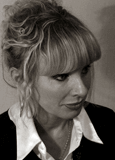 Kluyeva, Ludmila Borisovna
Kluyeva, Ludmila Borisovna
Member of the Editorial Council Board, D.Sc. (in Art History), Associate Professor, All-Russian State S.A. Gerasimov Institute for Cinematography, Moscow, Russia
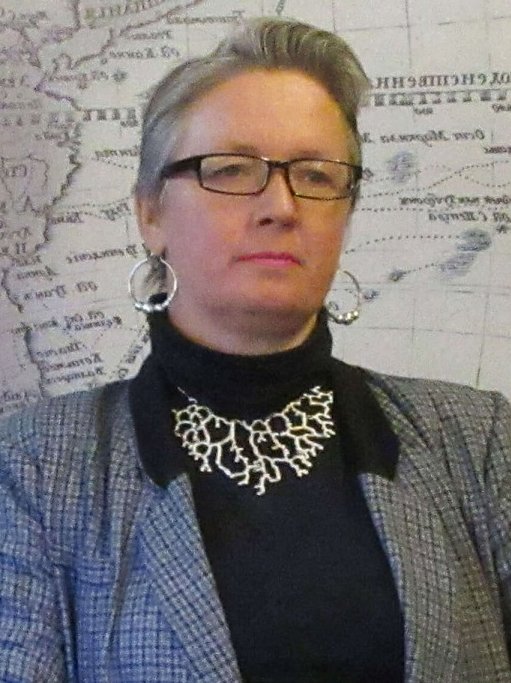 Lavrenova, Olga Alexandrovna
Lavrenova, Olga Alexandrovna
Member of the Editorial Council Board, D.Sc. (in Philosophy), Leading Researcher, the Institute of Scientific Information on Social Sciences (INION) of the Russian Academy of Sciences, Moscow, Russia
 Mastnak, Wolfgang
Mastnak, Wolfgang
Member of the Editorial Council Board, Dr.phil. Dr.rer.nat. Dr.rer.med. Dr.sportwiss. Dr.paed. Dr.paed.habil., Professor, Beijing Normal University, Beijing, China, University of Music and Performing Arts, Munich, Germany
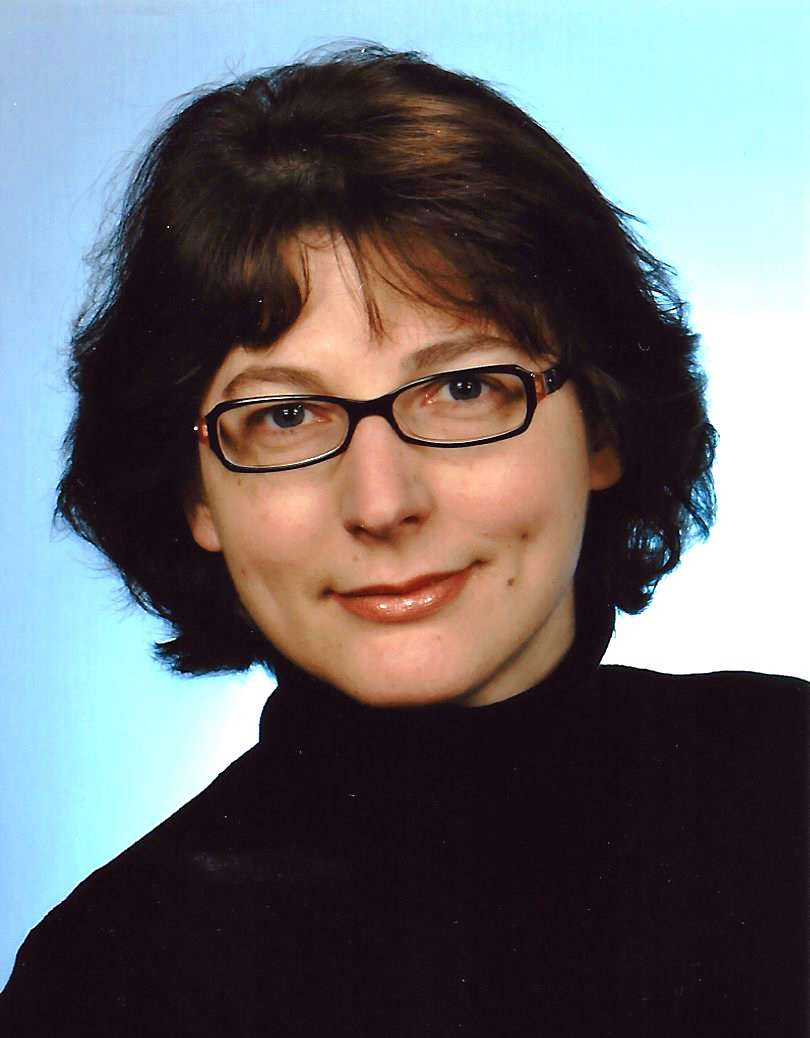 Novak, Natalia
Novak, Natalia
Member of the Editorial Council Board, PhD,
Substitute professorship, TU Dortmund University,
Dortmund, Germany
 Ovcharenko, Alexey Yur’evich
Ovcharenko, Alexey Yur’evich
D.Sc. (in Philology), Associate Professor,
Head of the Department of
Linguodidactics and Testology,
the Peoples’ Friendship University of Russia
(RUDN University),
Moscow, Russia
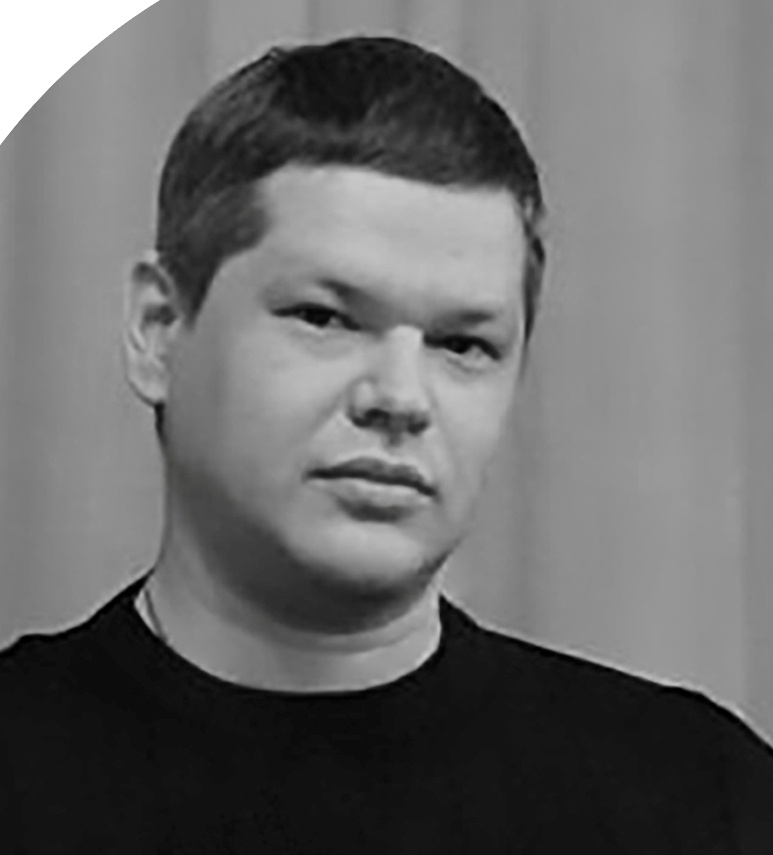 Podosokorsky, Nikolai Nikolaevich
Podosokorsky, Nikolai Nikolaevich
Member of the Editorial Council Board, PhD (in Philology), Senior Researcher, Research Centre “Dostoevsky and World Culture,” A.M. Gorky Institute of World Literature of the Russian Academy of Sciences, First Deputy Editor-in-chief, Dostoevsky and World Culture. Philological journal, Veliky Novgorod / Moscow, Russia
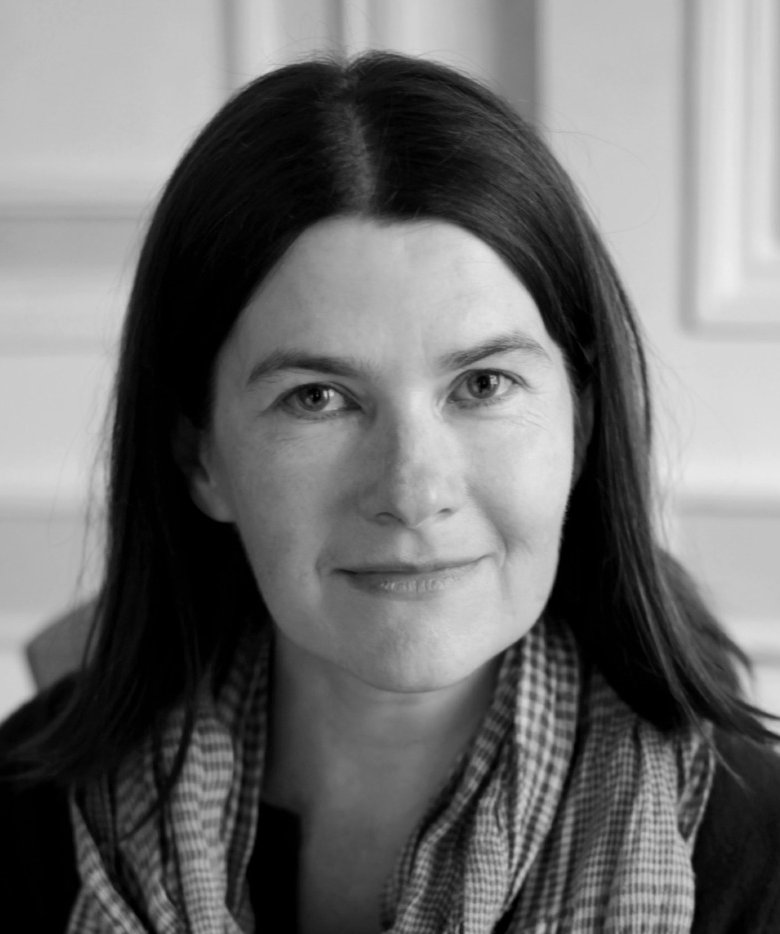 Salnikova, Ekaterina Viktorovna
Salnikova, Ekaterina Viktorovna
Member of the Editorial Council Board, D.Sc. (in Culture Studies), Leading Researcher Fellow, the State Institute for Art Studies, Moscow, Russia
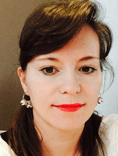 Stroyeva, Olesya Vitalyevna
Stroyeva, Olesya Vitalyevna
Member of the Editorial Council Board, D.Sc. (in Cultural Studies), PhD (in Philosophy), the GITR Film and Television School, Professor, Moscow, Russia
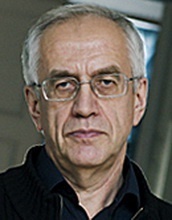 Tulchinskii, Grigoriy Lvovich
Tulchinskii, Grigoriy Lvovich
Member of the Editorial Council Board, D.Sc. (in Philosophy), Professor, HSE University, St. Petersburg, Russia
 Chernokozheva, Yelka
Chernokozheva, Yelka
Member of the Editorial Council Board, Dr. Phil. Habil., Co-founder and Member of the European Association of Cultural Researchers (ERICarts Network), Cologne, Germany
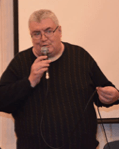 Shemyakin, Andrei Mikhailovich (1955-2023)
Shemyakin, Andrei Mikhailovich (1955-2023)
Member of the Editorial Council Board, PhD (in Philology), Senior Lecturer, the Lomonosov Moscow State University; Vice-president of the Guild of Film Experts and Film Critics of Russia, Moscow, Russia
 Shi Ce
Shi Ce
Doctor of Education, Ph.D., Professor, Supervisor of the Post-Graduate Division & Vice-Dean at the School of Media Science (Journalism School), Member of the Academic Committee, the Northeast Normal University, Chanchun, China, Supervisor in Art Studies for Post-Graduate Students, the Mongolian National University of Arts and Culture, Ulan Bator, Mongolia
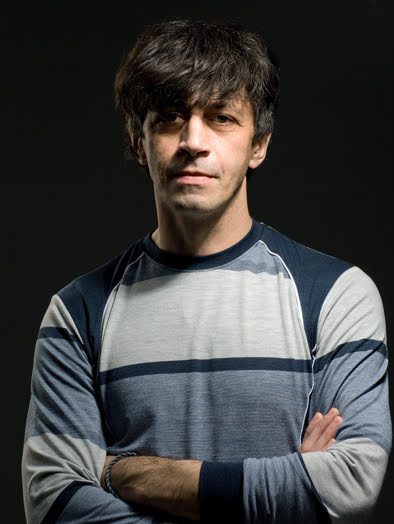 Avanesov, Sergey Sergeevich
Avanesov, Sergey Sergeevich
Dr. Sci. (Philosophy), Professor, Head of Scientific and Educational Center Humanitarian Urbanistics
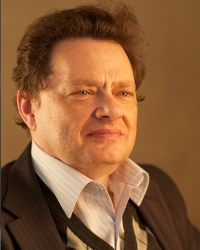 Aizenshtadt, Sergei Abramovich
Aizenshtadt, Sergei Abramovich
D.S. (in Art History), Professor, the Far Eastern State Academy of Arts, Honored Artist of the Russian Federation, Vladivostok, Russia
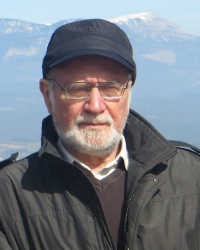 Alexandrov, Evgeniy Vasilievich
Alexandrov, Evgeniy Vasilievich
PhD (in Art History), Associate Professor, Leading Research Fellow, the Lomonosov Moscow State University, Moscow, Russia
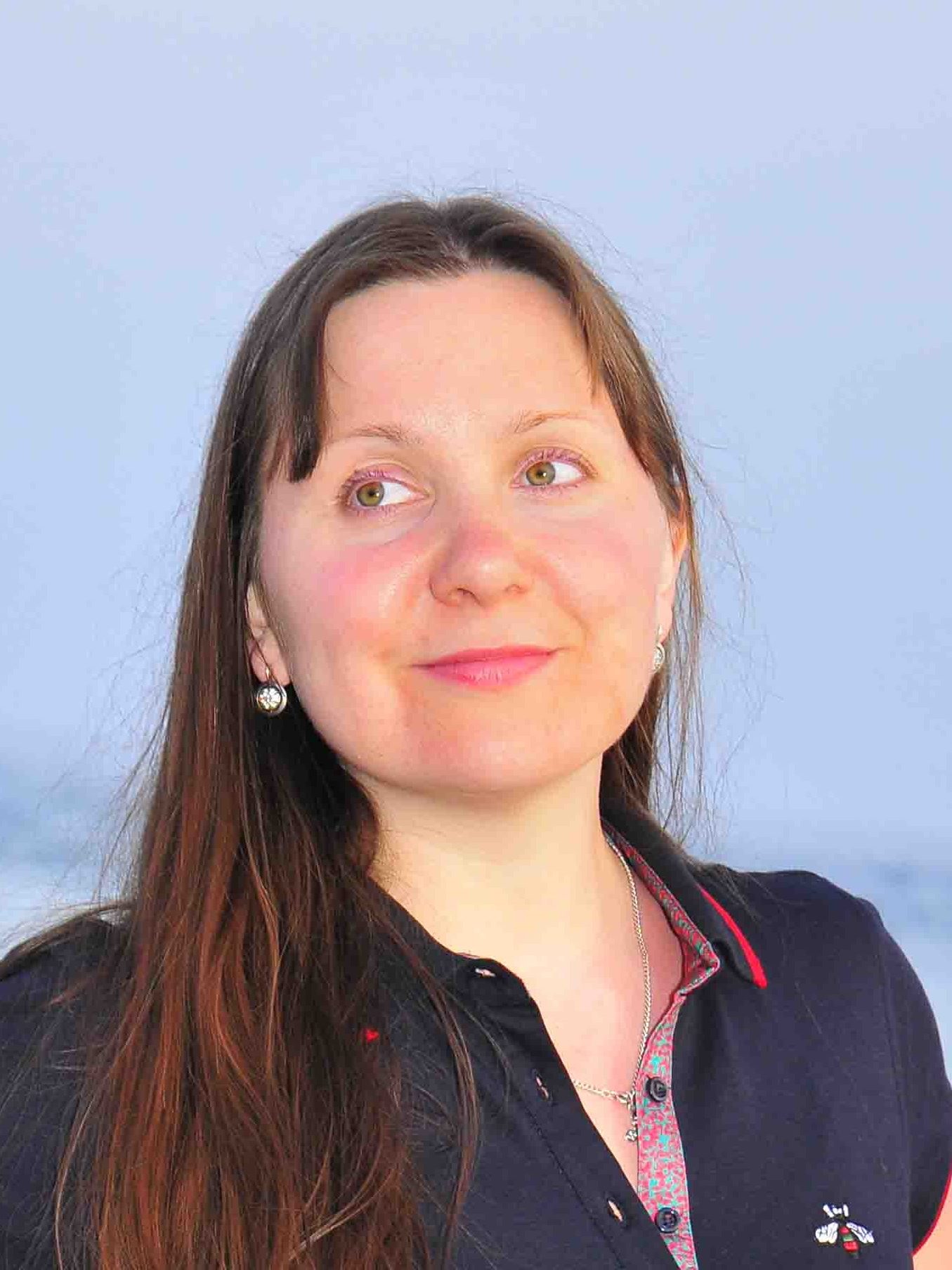 Antoshchyuk, Irina Alexandrovna
Antoshchyuk, Irina Alexandrovna
Senior Lecturer, PhD (in History), Researcher, MIPT University, Moscow, Russia
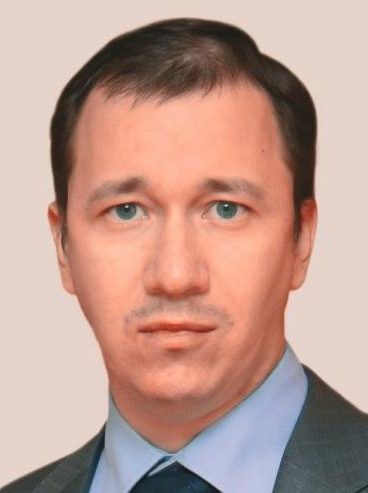 Bakhtizin, Albert Raufovich
Bakhtizin, Albert Raufovich
D.Sc. in Economics, Professor of RAS, Corresponding Member of RAS, director of CEMI RAS, Certified CGE Model Developer (World Bank Institute certificate), Moscow, Russia
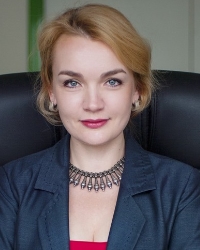 Berezhnaya, Valentina Sergeevna
Berezhnaya, Valentina Sergeevna
Associate Professor, Data Journalism Programme Academic Supervisor, HSE University, Moscow, Russia
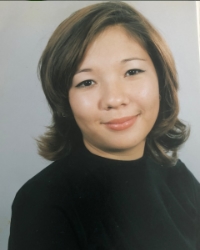 Borisova, Anna Stepanovna
Borisova, Anna Stepanovna
PhD (in Philology), Associate Professor, the Peoples’ Friendship University of Russia (RUDN University), Moscow, Russia
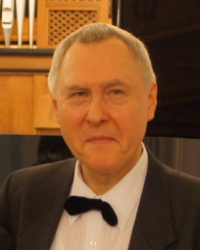 Borodin, Boris Borisovich
Borodin, Boris Borisovich
D.Sc. (in Art History), Professor, Head of the Theory and History of Performance Arts Department, the Ural State Mussorgsky Conservatoire, Ekaterinburg, Russia
 Borodkin, Leonid Iosifovich
Borodkin, Leonid Iosifovich
D.Sc. in History, Professor, Head of Department of Historical Informatics & the Center for Economic History (CEH), Lomonosov Moscow State University; a Corresponding Member, the Russian Academy of Sciences; Co-chair, the Russian Academy of Sciences Scientific Council on Issues of Russian and World Economic History, Moscow, Russia
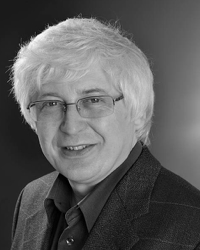 Friedhelm Brusniak
Friedhelm Brusniak
Dr. Hab. (in Art History), Professor Emeritus, Julius Maximilian University of Würzburg, Würzburg, Germany
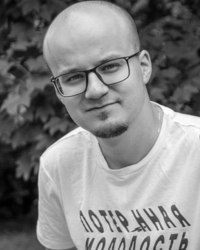 Viren, Denis Georgievich
Viren, Denis Georgievich
PhD (in Philosophy), Senior Research Fellow, The State Institute for Art Studies, Moscow, Russia
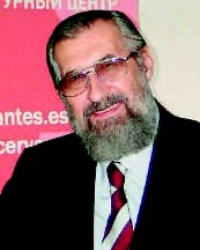 Girin, Yury Nikolaevich
Girin, Yury Nikolaevich
D. Sc. (Philology), Leading Research Fellow, the A.M. Gorky Institute of World Literature of the Russian Academy of Sciences, Leading Researcher, the State Institute of Art Studies, Moscow, Russia
 Grigoriev, Evgeniy Ivanovich
Grigoriev, Evgeniy Ivanovich
D.Sc. (in Philology), Professor, Moscow State Institute of International Relations (MGIMO University), Moscow, Russia
 Gurov, Oleg Nikolaevich
Gurov, Oleg Nikolaevich
PhD in Philosophy, Global Executive MBA, Research Fellow, MGIMO University, Associate Professor, Lomonosov Moscow State University (MSU), General Director, Autonomous Non-Profit Organization Center for Development of Business Competencies, Moscow, Russia
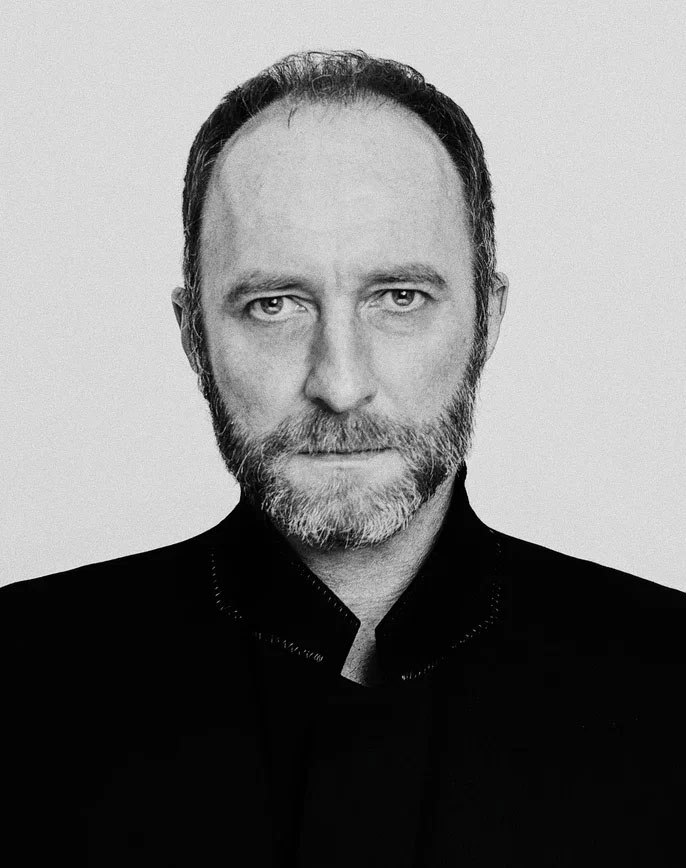 Dezhurov, Arsenii Stanislavovich
Dezhurov, Arsenii Stanislavovich
PhD (in Philology), Associate Professor, MIPT University, Moscow, Russia
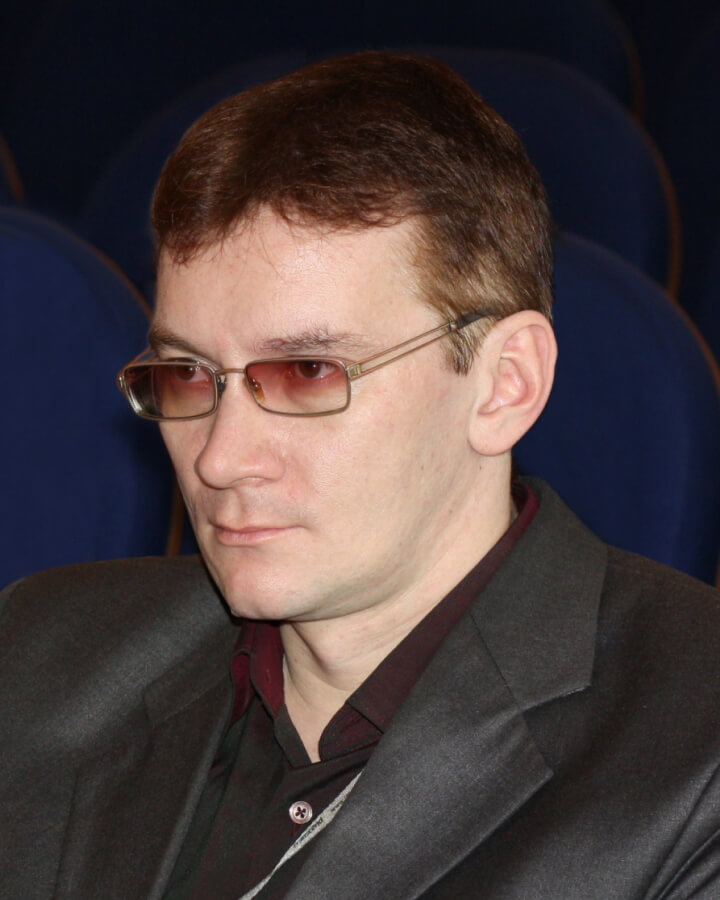 Denisov, Andrei Vladimirovich
Denisov, Andrei Vladimirovich
D.Sc., Professor, St. Petersburg Conservatory named by N.A. Rimsky-Korsakov, Leading Research Fellow, Russian Institute of Art History, Saint Petersburg, Russia
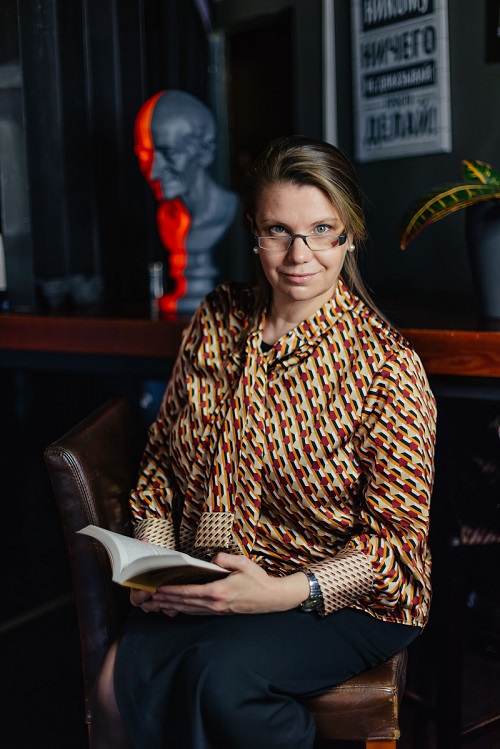 Dymarskaya Olga Yakovlevna
Dymarskaya Olga Yakovlevna
PhD (in Sociology), CEO at ANPO Projects` bureau Social action, Leading Research Fellow, HSE University, Moscow, Russia
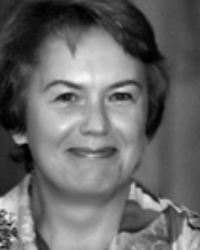 Yermisheva, Margarita Nikolayevna
Yermisheva, Margarita Nikolayevna
PhD (in Art History), Professor, the GITR Film and Television School, Moscow, Russia
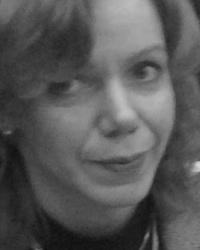 Yesina, Elena Anatolyevna
Yesina, Elena Anatolyevna
PhD (in Pedagogic), Associate Professor, the GITR Film and Television School, Moscow, Russia
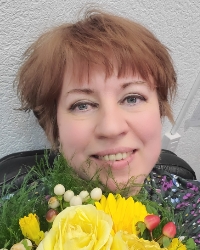 Zaitseva, Marina Leonidovna
Zaitseva, Marina Leonidovna
Doctor of Art History, Professor, Kosygin State University of Russia (Technologies. Design. Art), Member of the Expert Council on Philology and Art History of the Higher Attestation Commission under the Ministry of Science and Higher Education, Moscow, Russia
 Zotov, Vitaly Vladimirovich
Zotov, Vitaly Vladimirovich
D.Sc. (Sociology), PhD (Philosophy), Professor, the Humanities & Social Sciences Center, MIPT University, Moscow, Russia
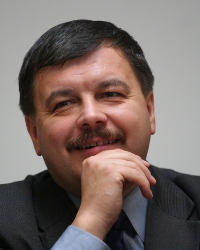 Ilchenko, Sergey Nikolaevitch
Ilchenko, Sergey Nikolaevitch
D.Sc. (in Philology), PhD (in Art History), Professor, the St. Petersburg State University, Editor-in-Chief of the Cultural Petersburg Newspaper, Expert, the OTR TV-channel, the 78 TV-channel, the St. Petersburg TV-channel Petropol, Golden pen, & Museum Olympus Awards Winner, Saint Petersburg, Russia
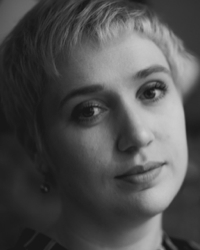 Karchava, Lamara Levanovna
Karchava, Lamara Levanovna
Lecturer, HSE University, the Moscow Shorts ISFF Speaker, Moscow, Russia
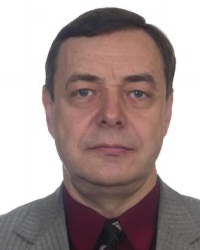 Klujev, Alexander Sergeevich
Klujev, Alexander Sergeevich
D.Sc. (in Philosophy), Professor, the Herzen University, Saint Petersburg, Russia.
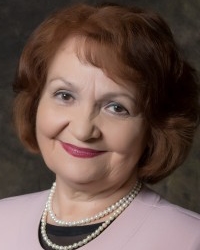 Kolyadenko, Nina Pavlovna
Kolyadenko, Nina Pavlovna
D. Sc. (in Art History), Professor, Head of the Department of History, Philosophy and Art Studies, the Glinka Novosibirsk State Conservatory, Editor-in-Chief of the Journal of Musical Science, Novosibirsk, Russia
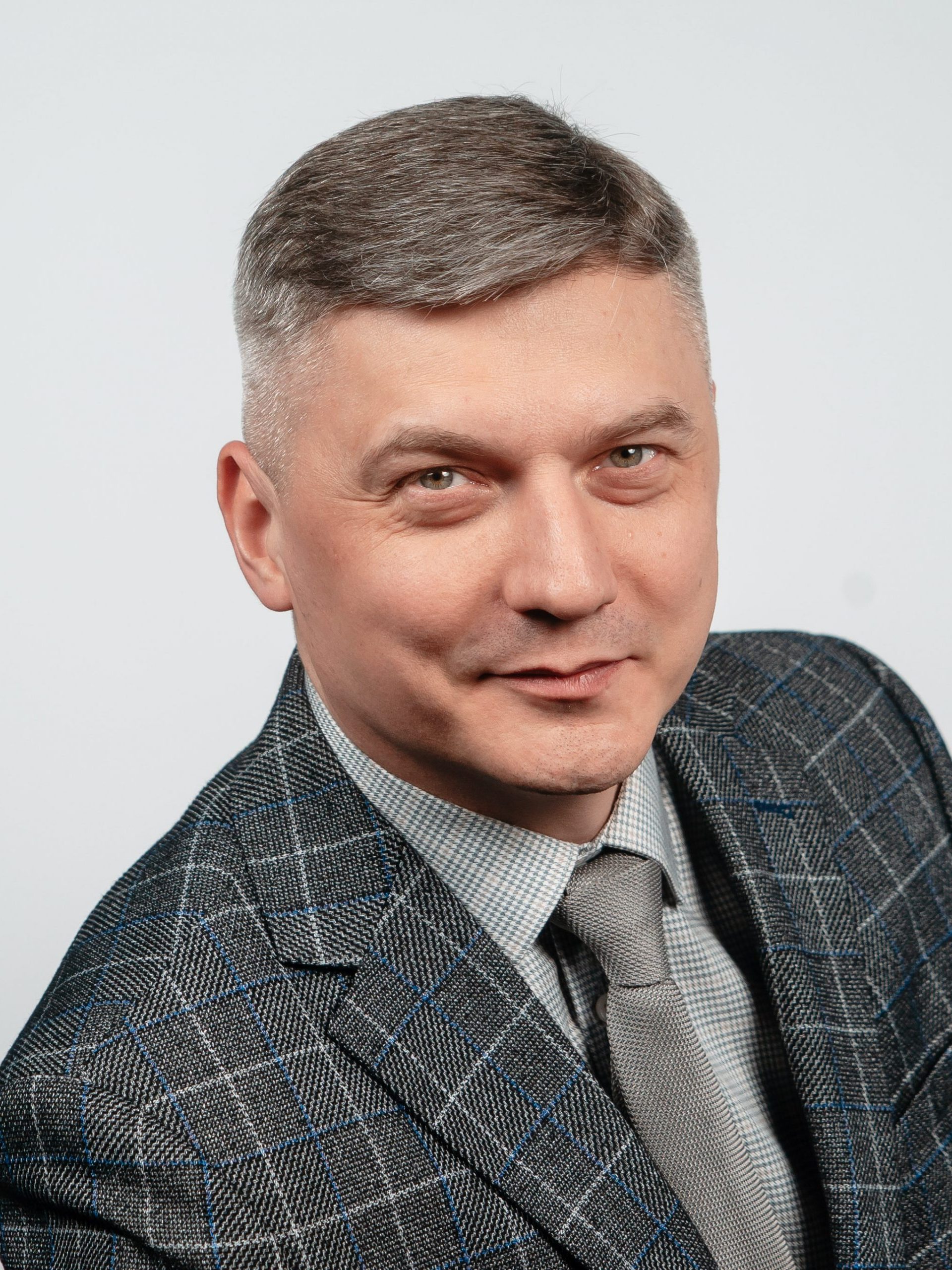 Komarov, Roman Vladimirovich
Komarov, Roman Vladimirovich
PhD (in Psychology), Associate Professor, Vice-Rector of Moscow City University, Professor of the Directorate of Educational Programs, Head of the Master’s Program Development of Personal Potential in Education: Personalization and Digitalization, Honored Employee of Higher Education of the Russian Federation, Moscow, Russia
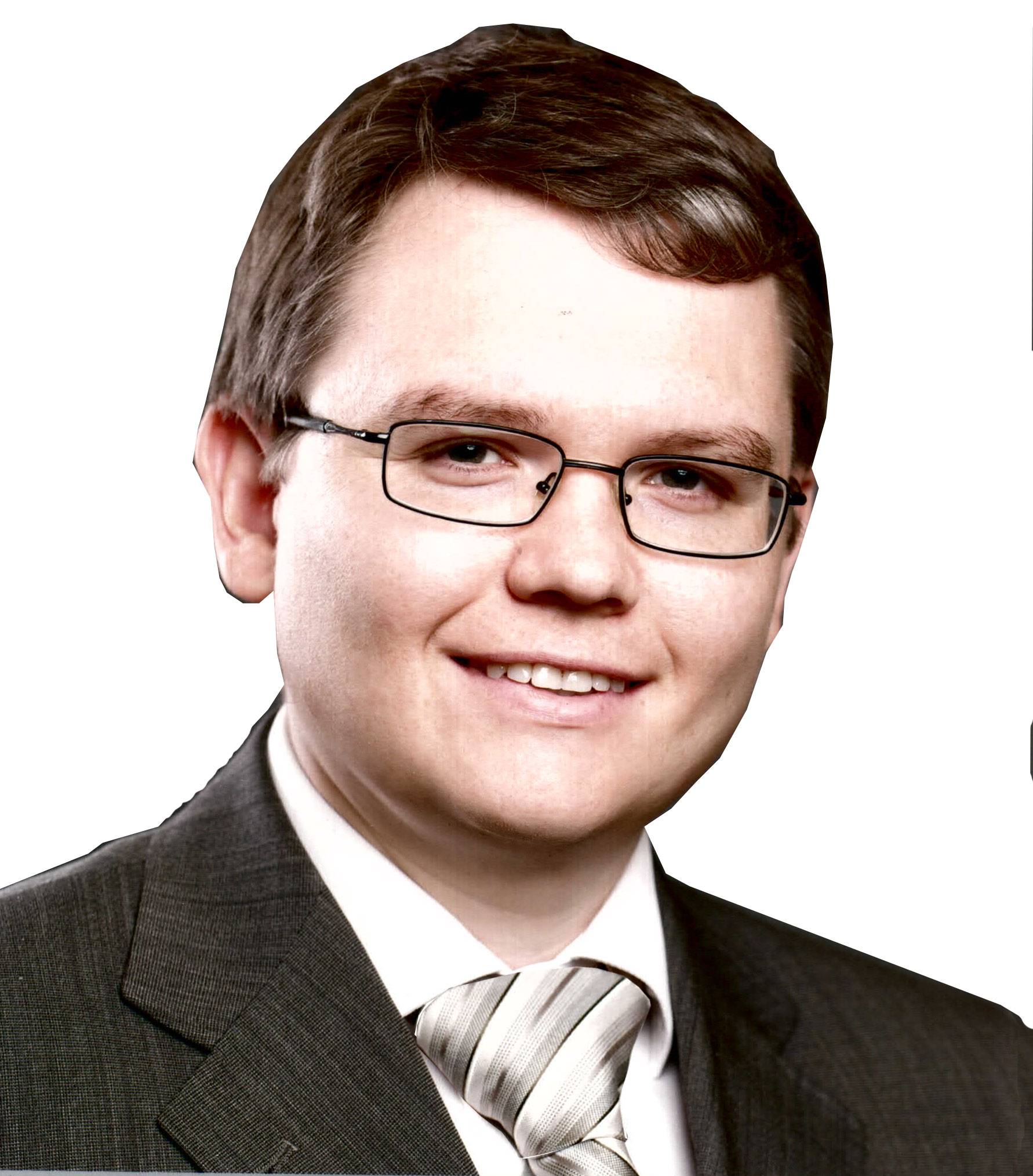 Kopylov, Sergey Anatol’evich
Kopylov, Sergey Anatol’evich
PhD in Physics and Mathematics, Master of Arts in Economics, MIPT University, Business Systems Consult LLC
 Kostin, Anton Aleksandrovich
Kostin, Anton Aleksandrovich
PhD (in Philosophy), Associate Professor, MIPT University, Moscow, Russia
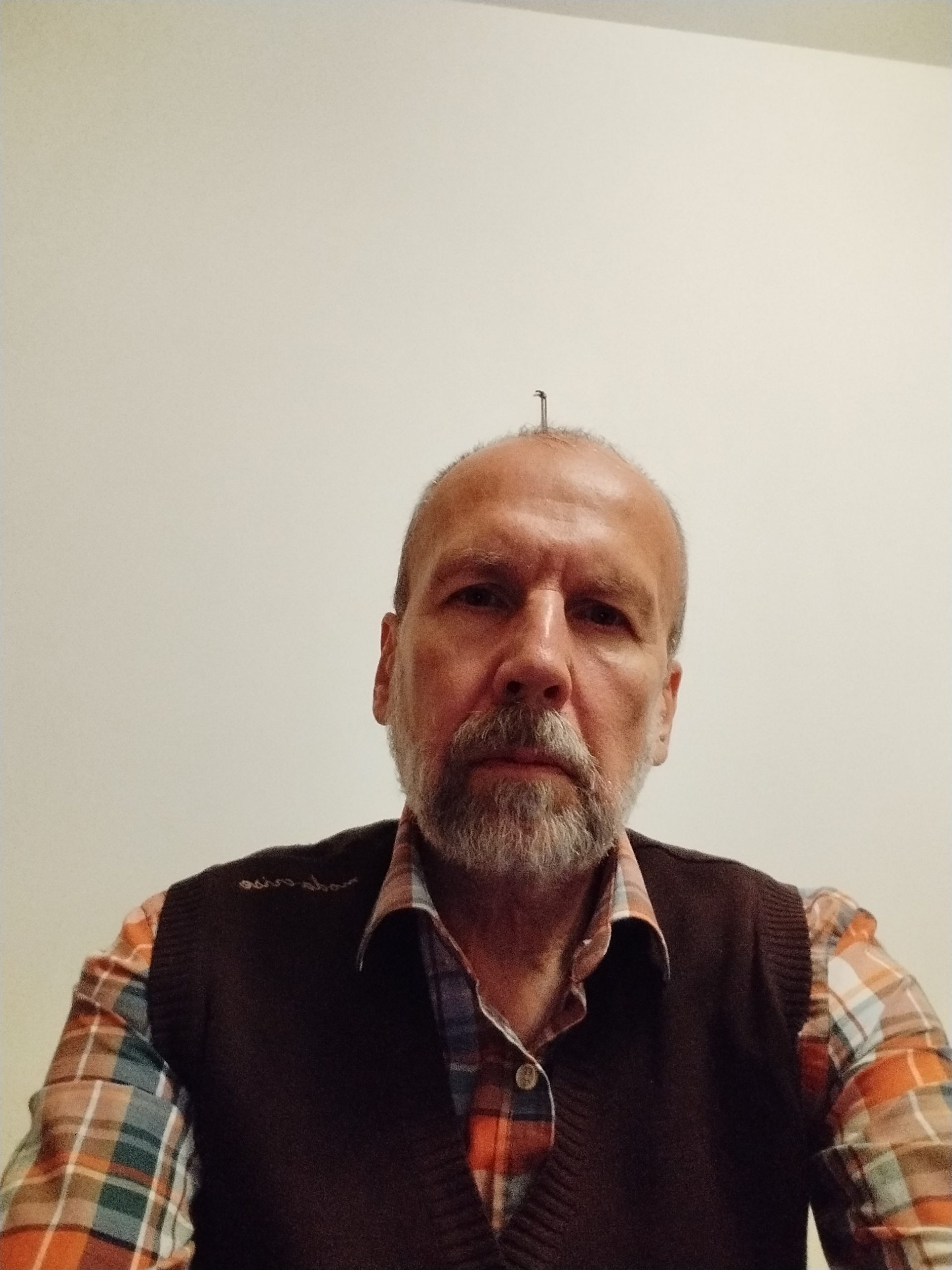 Lupandin, Ivan Vladimirovich
Lupandin, Ivan Vladimirovich
Associate Professor, PhD (in Philosophy), MIPT University, Moscow, Russia
 Magera Tatiana Sergeevna
Magera Tatiana Sergeevna
PhD (in Philology),
Academic Director of the Educational Program Mediamanagement,
Associate Professor, HSE University, Moscow, Russia
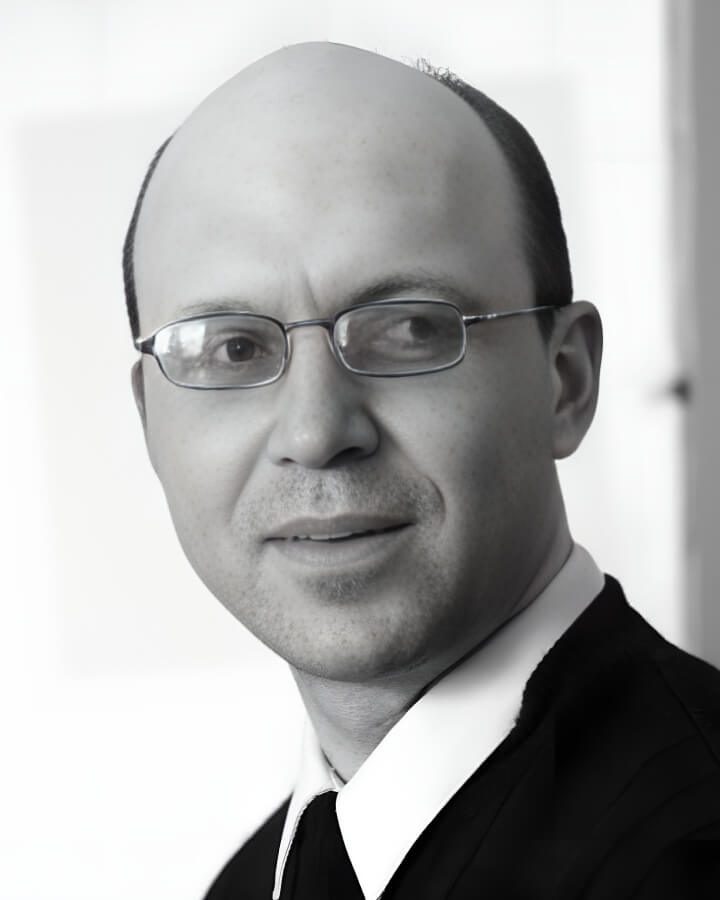 Malyshev, Vladislav Borisovich
Malyshev, Vladislav Borisovich
D.Sc. in Philosophy, Professor, Philosophy Department, Samara Polytech, Samara, Russia
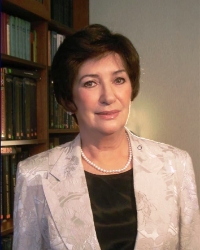 Miklina, Natalia Nikolaevna
Miklina, Natalia Nikolaevna
D.Sc. (in Philosophy), Professor, North-Caucasus Federal University, Stavropol, Russia
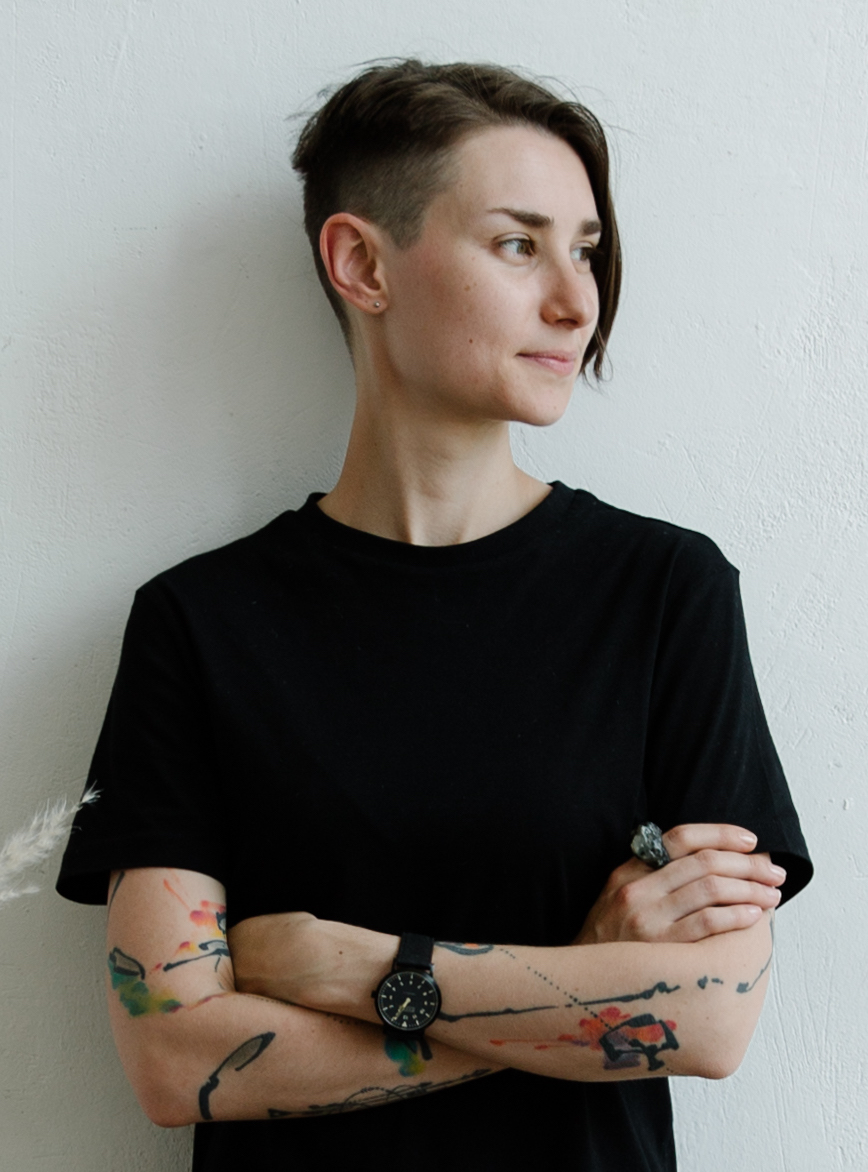 Moroz, Oxana Vladimirovna
Moroz, Oxana Vladimirovna
PhD (in Cultural Studies), MIPT University, Moscow, Russia
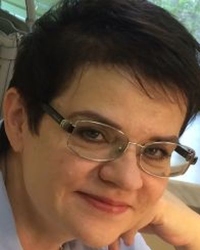 Naumenko, Tatiana Ivanovna
Naumenko, Tatiana Ivanovna
D.Sc. (in Art History), Professor, Head of the Music Theory Department, Vice Rector for Research, the Gnesins Russian Academy of Music, Moscow, Russia
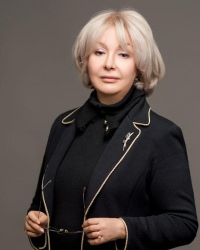 Nevskaya, Marina Vladimirovna
Nevskaya, Marina Vladimirovna
Chief of the Foreign Affairs Department, the Institute for Continuing Education Development, Moscow, Russia
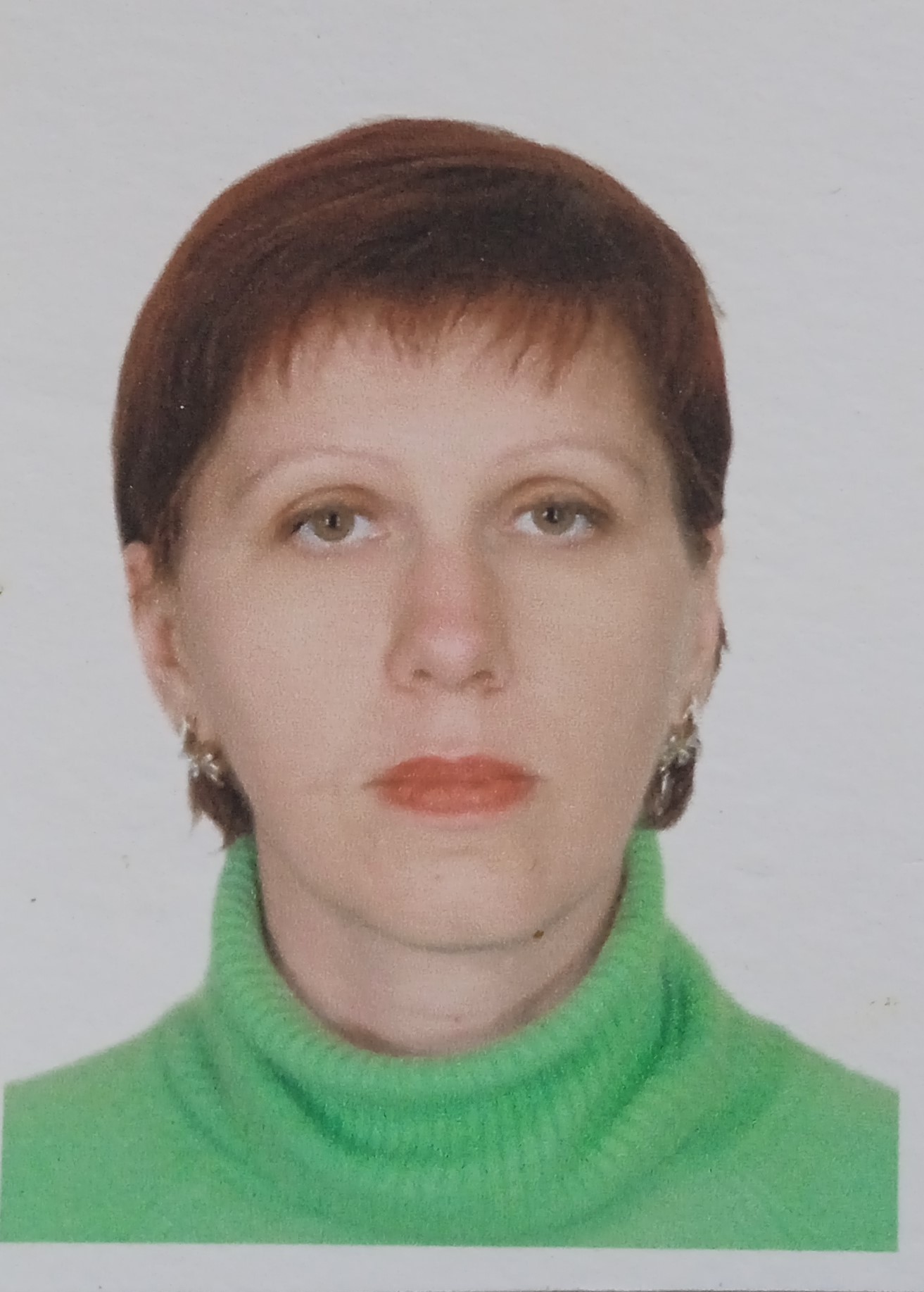 Nesterova, Elena Ivanovna
Nesterova, Elena Ivanovna
PhD (in History), Associate Professor, the Russian State University for the Humanities, the Russian Presidential Academy of National Economy and Public Administration, Moscow, Russia
 Nizhelskoy, Victor Aleksandrovich
Nizhelskoy, Victor Aleksandrovich
PhD (in Pedagogy), Lecturer, Ryutsu Keizai University, Ryugasaki – Ibaraki, Japan
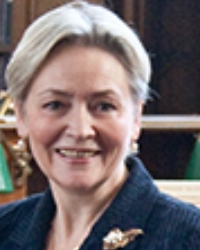 Nikonorova, Ekaterina Vasilievna
Nikonorova, Ekaterina Vasilievna
D.Sc. (in Philosophy), Professor, Head of the Department of Periodicals — Pashkov Dom Publishing House, Russian State Library, Editor-in-Chief of the Observatory of Culture Journal, Moscow, Russia
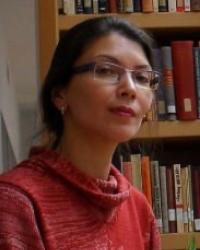 Nim, Evgenia Genrievna
Nim, Evgenia Genrievna
PhD (in Sociology of Culture), Associate Professor, HSE University, Moscow, Russia
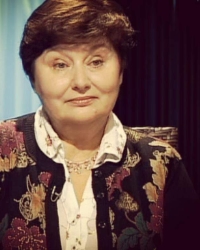 Pakhsarian, Natalia Tigranovna
Pakhsarian, Natalia Tigranovna
D.Sc. (in Philology), Professor, the Lomonosov Moscow State University, Leading Researcher, the Institute of Scientific Information on Social Sciences of the Russian Academy of Sciences, President of the Russian Society for Eighteenth-century Studies (Division of the International Society for Eighteenth-century Studies — ISECS), Moscow, Russia
 Penskaya Elena Naumovna
Penskaya Elena Naumovna
Professor, Ds.C. (in Linguistics), MIPT University, Scientific Director of the Faculty of Humanities of the Higher School of Economics / Project Laboratory for the Study of Yuri Lyubimov’s Creativity and Directed Theater of the XX-XXI centuries, Deputy Editor-in-Chief of Questions of Education journal, Chairman of the Editorial Board of Philological Sciences. Scientific Reports of Higher School journal, Moscow, Russia
 Peripechina, Galina Viktorovna
Peripechina, Galina Viktorovna
PhD (in Philology), Associate Professor, the Lomonosov Moscow State University, Moscow, Russia
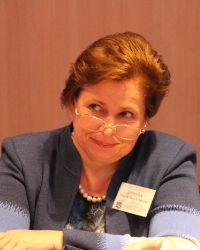 Popova, Olga Valentinovna
Popova, Olga Valentinovna
D.Sc. (in Political Science), Professor, Head of the Political Institutes and Applied Political Research Department, the St. Petersburg State University, Deputy of Editor-in-Chief of Political Expertise POLITEX Scientific Journal, Saint Petersburg, Russia
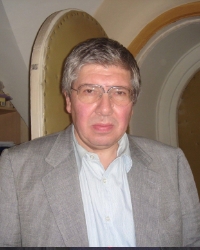 Razlogov, Kirill Emilevich (1946-2021)
Razlogov, Kirill Emilevich (1946-2021)
D.Sc. (in Art History), Honored Artist of the Russian Federation, Professor, Head of the Department of Development and Testing of Film Education Approaches, the Russian State University of Cinematography (VGIK), President of the Guild of Film Experts and Film Critics of Russia, Program Director of the Moscow International Film Festival, Moscow, Russia
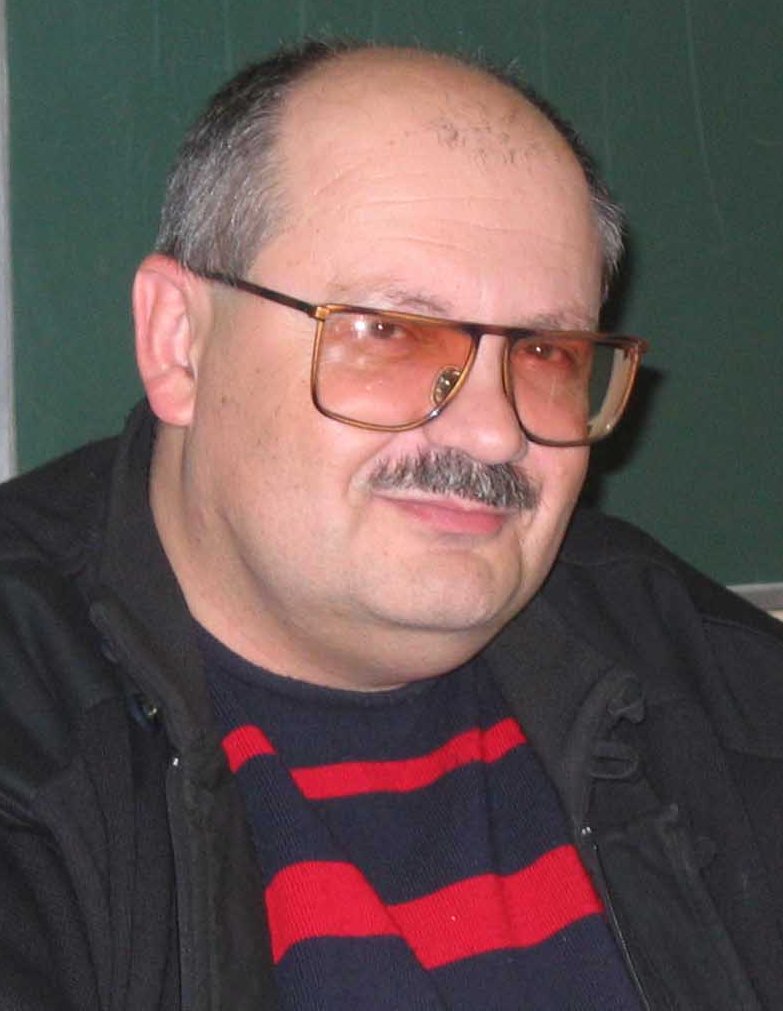 Raikin, Andrei Maksovich
Raikin, Andrei Maksovich
Editor-in-Chief of the Service of Informational Broadcast of the Television Channel Rossiya-Kultura, Director of Creative Workshops at the Journalism Department of the Moscow State M.V. Lomonosov University, Moscow, Russia
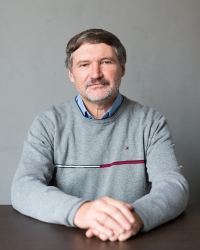 Rejfman, Boris Viktorovich
Rejfman, Boris Viktorovich
PhD (in Cultural Studies), Associate Professor, the Russian State University for the Humanities, Moscow, Russia
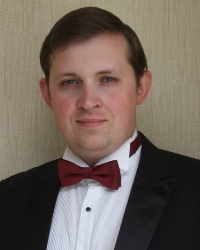 Ryzhinsky, Alexander Sergeevich
Ryzhinsky, Alexander Sergeevich
D.Sc. (in Art History), Professor, Rector, the Gnesins Russian Academy of Music, the Russian Federation Government Award Winner, Moscow, Russia
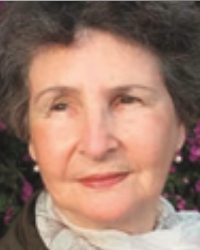 Ritzarev, Marina Grigoryevna
Ritzarev, Marina Grigoryevna
D. Sc. (in Art History), Professor Emerita, the Bar-Ilan University, Ramat Gan, Israel
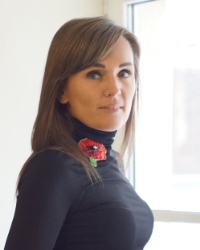 Sapanzha, Olga Sergeevna
Sapanzha, Olga Sergeevna
D. Sc. (in Cultural Studies), Professor, Director of the Institute of Art Education, the Herzen State Pedagogical University of Russia, Saint Petersburg, Russia
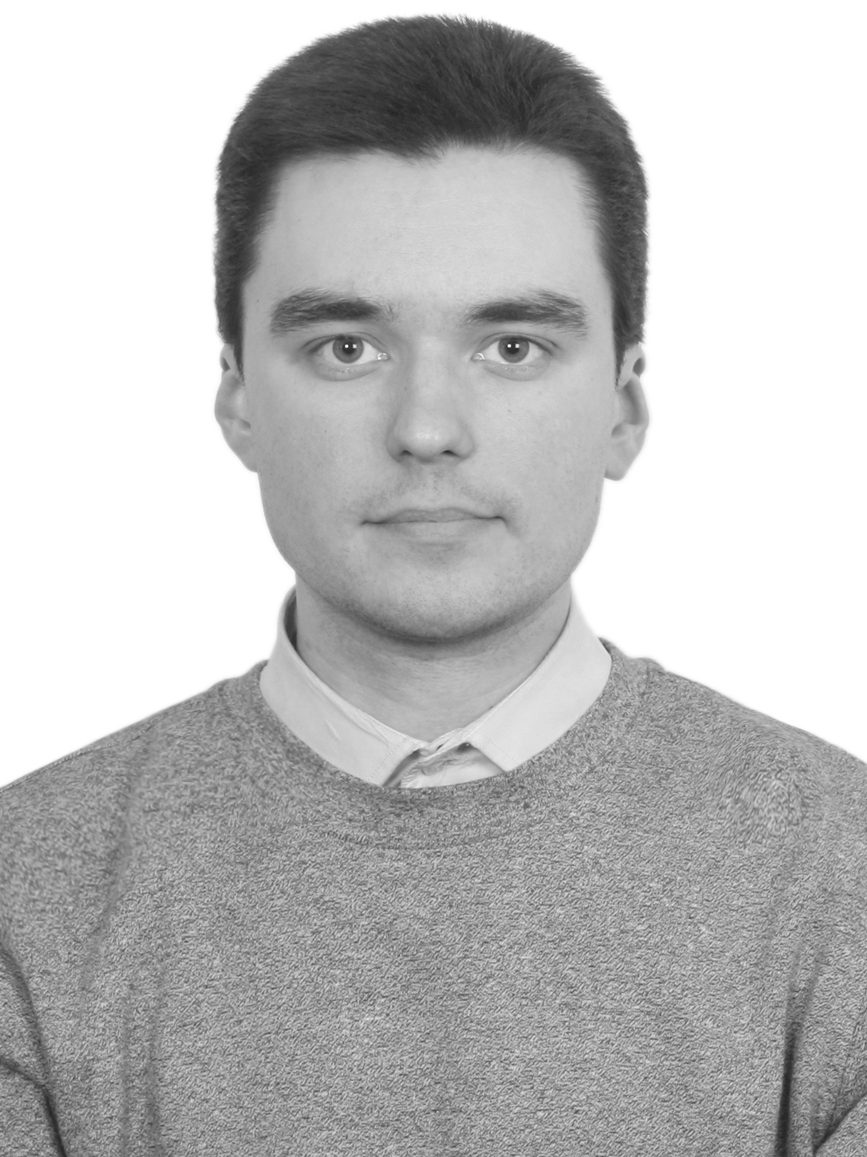 Sarzhant, Aleksandr Vladimirovich
Sarzhant, Aleksandr Vladimirovich
PhD (in Arts), Associate Professor, Gnesin Russian Academy of Music, Moscow, Russia
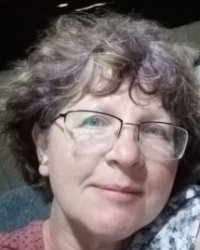 Sergeyeva, Olga Vyacheslavovna
Sergeyeva, Olga Vyacheslavovna
D. Sc. (in Sociology), Associate Professor, St. Petersburg State University, Leading Research Fellow, Sociological Institute of the Russian Academy of Sciences (RAS)—Branch of the FCTAS of the RAS, Saint Petersburg, Russia
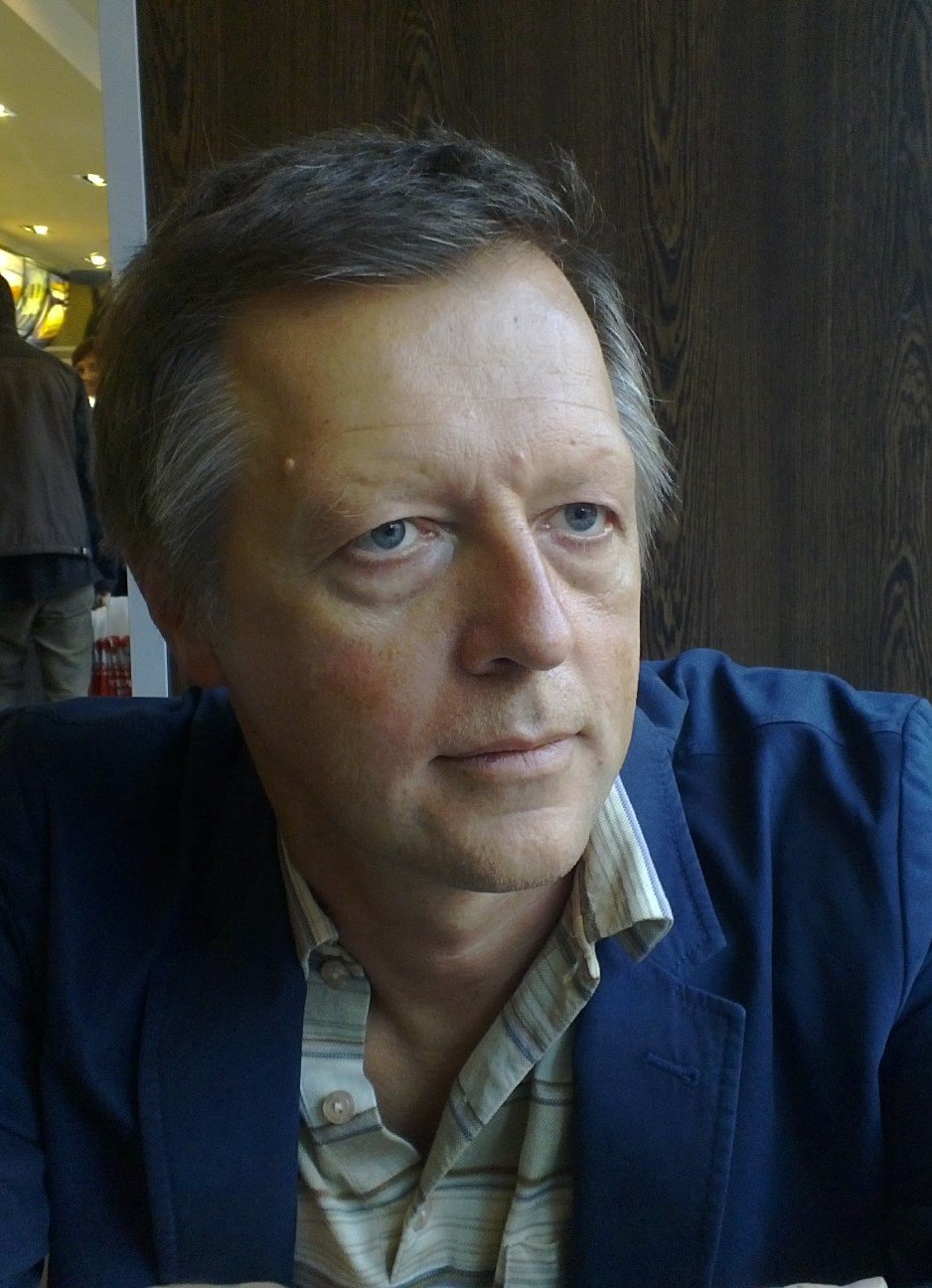 Smirnov, Alexey Viktorovich
Smirnov, Alexey Viktorovich
D. Sc. (Philosophy), Assistant Professor, St. Petersburg State University, Saint Petersburg, Russia
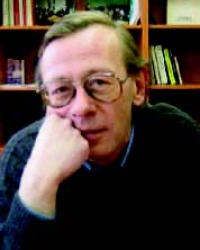 Sokolov, Evgeniy Georgievich
Sokolov, Evgeniy Georgievich
D. Sc. (Philosophy), Professor, Head of the Department of Russian Philosophy and Culture at the St. Petersburg State University, Saint Petersburg, Russia
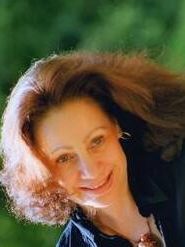 Son, Lyudmila Petrovna
Son, Lyudmila Petrovna
D.S. (in Philology), Professor, National Research University Moscow Power Engineering Institute, Moscow, Russia
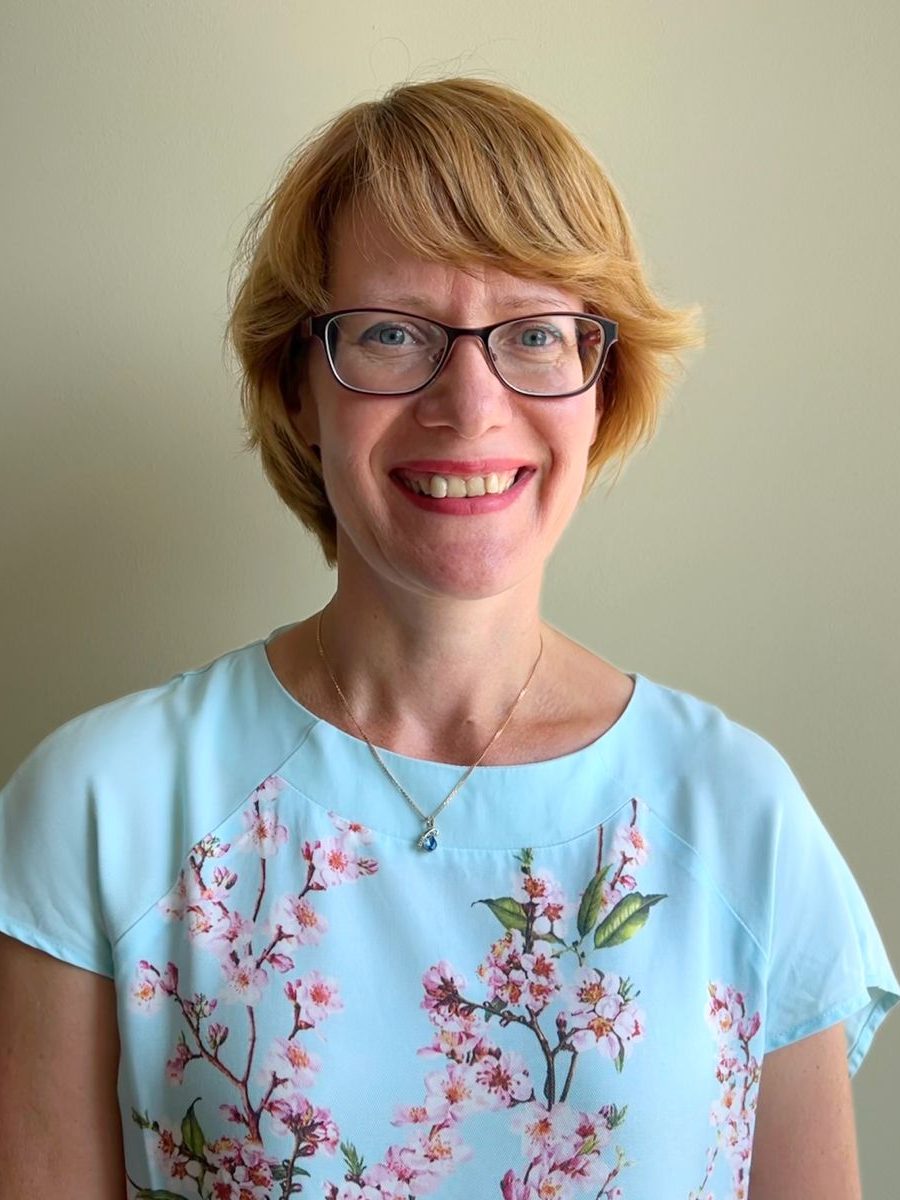 Sukhova, Natalya Vitalyevna
Sukhova, Natalya Vitalyevna
PhD (in Philology), Associate Professor, MISIS University; Leading Research Fellow, Pushkin State Russian Language Institute, Moscow, Russia
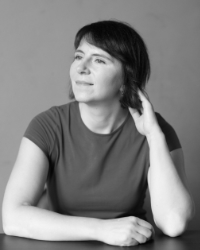 Tarasova, Aleksandra Vladimirovna
Tarasova, Aleksandra Vladimirovna
PhD (in History), Associate Professor, the Russian State University for the Humanities, Moscow, Russia
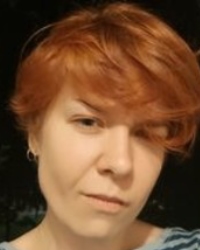 Timofeyeva, Oxana Alexandrovna
Timofeyeva, Oxana Alexandrovna
Senior Lecturer, HSE University, Moscow, Russia
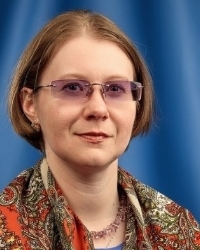 Fedorovskaya, Natalia Alexandrovna
Fedorovskaya, Natalia Alexandrovna
D.Sc. (in Art History), Professor, Head of Department of Arts and Design, the Far Eastern Federal University, Vladivostok, Russia
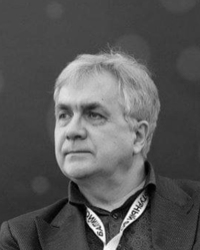 Chaciński, Jarosław
Chaciński, Jarosław
Doctor of Humanities (in Music Pedagogy), Head of the Department of Musical Art, the Pomeranian Academy in Słupsk (Poland), Editor-in-Chief of the Ars inter Culturas Journal, Member of the Art Pedagogy Section of the Polish Academy of Sciences, Słupsk, Poland
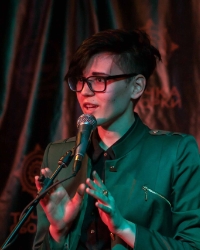 Chernenko, Julia Aleksandrovna
Chernenko, Julia Aleksandrovna
PhD (in Philology), Expert, HSE University, Moscow, Russia
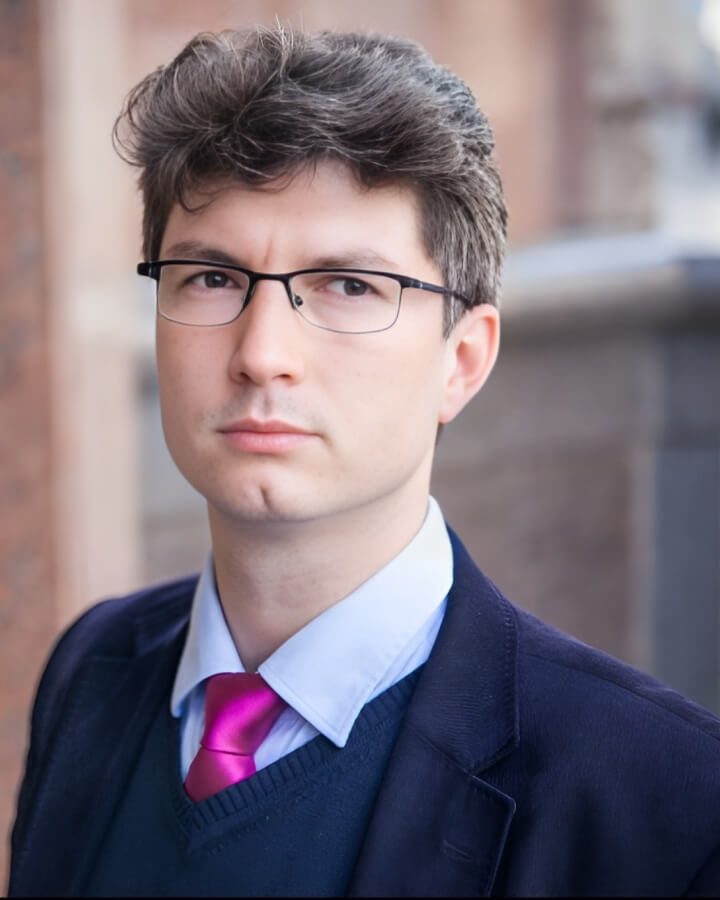 Chulok, Alexander Alexandrovuch
Chulok, Alexander Alexandrovuch
D.Sc. in Public Administration (Economics), International Foresight Expert, the United Nations Development Program, Director of the HSE ISSEK Center for Science and Technology Foresight, Moscow, Russia
 Chumakova, Varvara Pavlovna
Chumakova, Varvara Pavlovna
PhD (Cultural Studies), independent researcher, Haifa, Israel
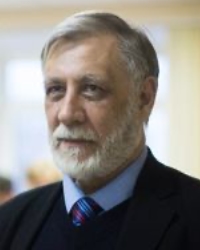 Sharikov, Alexander Vyacheslavovich
Sharikov, Alexander Vyacheslavovich
PhD (in Pedagogic), Professor, School of Media, HSE University, Moscow, Russia
 Shatunova, Marina
Shatunova, Marina
PhD in Linguistics, Senior Lecturer at Lomonosov Moscow State University, Moscow, Russia
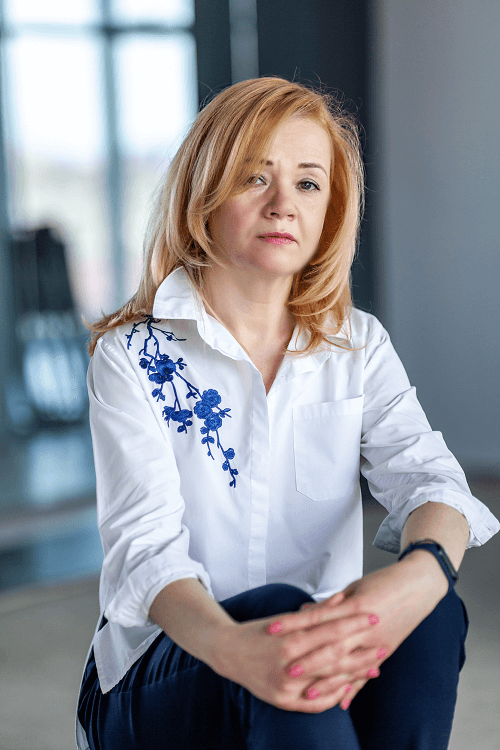 Shemetova, Tatiana Nikolaevna
Shemetova, Tatiana Nikolaevna
PhD (in Cultural Studies), Associate Professor, Irkutsk Branch of the All-Russian State University of Cinematography named after S.A. Gerasimov, Member of the Union of Cinematographers of Russia, Irkutsk, Russia
 Shulginov, Valeriy Aleksandrovich
Shulginov, Valeriy Aleksandrovich
PhD (in Linguistics), Associate Professor, MIPT University, Moscow, Russia
- Certificate
- Extract from the register
- License agreement
- Application
- Consent to the processing of personal data 1
- Consent to the processing of personal data 2
| > Volume 21.3 (2025) | Download pdf 👁 105 | ⇓ 35 |
Download pdf
👁 16 | ⇓ 14
Download pdf
👁 8 | ⇓ 7
Download pdf
👁 11 | ⇓ 6
Download pdf
👁 11 | ⇓ 5
Download pdf
👁 13 | ⇓ 6
| > Volume 21.2 (2025) | Download pdf 👁 248 | ⇓ 105 |
Download pdf
👁 43 | ⇓ 25
Download pdf
👁 22 | ⇓ 17
Download pdf
👁 23 | ⇓ 11
Download pdf
👁 20 | ⇓ 10
| > Volume 21.1 (2025) | Download pdf 👁 255 | ⇓ 83 |
German Jr. A.A., Konson G.R., Khvoina O.B., Shchegolev A.A.
21.1 Russian cinema today vs yesterday and tomorrow
Download pdf
👁 78 | ⇓ 29
Download pdf
👁 47 | ⇓ 17
| > Volume 20.4 (2024) | Download pdf 👁 354 | ⇓ 125 |
Download pdf
👁 130 | ⇓ 43
Download pdf
👁 73 | ⇓ 14
| > Volume 20.3 (2024) | Download pdf 👁 329 | ⇓ 98 |
Download pdf
👁 118 | ⇓ 33
Download pdf
👁 135 | ⇓ 36
Download pdf
👁 66 | ⇓ 20
| > Volume 20.2 (2024) | Download pdf 👁 388 | ⇓ 107 |
Download pdf
👁 158 | ⇓ 36
Download pdf
👁 102 | ⇓ 38
| > Volume 20.1 (2024) | Download pdf 👁 464 | ⇓ 170 |
Download pdf
👁 121 | ⇓ 25
Download pdf
👁 101 | ⇓ 22
Download pdf
👁 137 | ⇓ 32
| > Volume 19.4 (2023) | Download pdf 👁 428 | ⇓ 108 |
Download pdf
👁 469 | ⇓ 106
ZOTOV VITALY V., KONSON GRIGORY R., VOLODENKOV SERGEY V., GUBANOV ALEXANDER V.
19.4 THE IMAGE OF THE DIGITAL FUTURE: FORMATION IN MEDIA SPACE AND REPRESENTATION IN THE PUBLIC CONSCIOUSNESS
Download pdf
👁 325 | ⇓ 67
DOLGOVA YULIA I., SHEPTUHA KIRA V.
19.4 INFOTAINMENT IN THE EVENING NEWS OF RUSSIAN TV CHANNELS
Download pdf
👁 160 | ⇓ 46
Download pdf
👁 150 | ⇓ 30
| > Volume 19.3 (2023) | Download pdf 👁 474 | ⇓ 170 |
PISAREV ALEXANDER A., VERESHCHAGINA NATALIA V.
19.3 BEYOND THEORY: PREFACE TO THE SPECIAL ISSUE
Download pdf
👁 107 | ⇓ 21
Download pdf
👁 274 | ⇓ 57
PISAREV ALEXANDER А., ALEKHINA ANASTASIA V.
19.3 Art&Science and Posthumanism: Technoscience, Aesthetics and Body
Download pdf
👁 274 | ⇓ 81
VERESHCHAGINA NATALIA V., KOMPATSIARIS PANOS
19.3 Catastrophism and Nature’s Revolt: Ecological Monstrosity in Popular Media Narratives
Download pdf
👁 267 | ⇓ 63
| > Volume 19.2 (2023) | Download pdf 👁 455 | ⇓ 131 |
Download pdf
👁 247 | ⇓ 59
KONSON GRIGORIY R., KONSON IRINA A.
19.2 On True and Supposed Humanity in Foreign Historical Cinema of the 21st Century
Download pdf
👁 229 | ⇓ 43
ZORIN ARTEM N., YAKHAMOV DANIIL A.
19.2 Performing Capture in Video Games and New Acting Practice in the Post-Digital Era
Download pdf
👁 205 | ⇓ 52
| > Volume 19.1 (2023) | Download pdf 👁 438 | ⇓ 124 |
Download pdf
👁 280 | ⇓ 58
BULGAROVA BELLA A., OVCHARENKO ALEXEY YU., BARABASH VICTOR V., VOROPAEVA YULIA A.
19.1 Higher Justice in the Screen Images of Sherlock Holmes and Father Brown
Download pdf
👁 211 | ⇓ 45
Download pdf
👁 277 | ⇓ 55
DENIKIN ANTON A., GOVYAZIN ALEXEY O.
19.1 Posthumanistic Tendencies in Contemporary Theatrical Scenography: From Visualization of Images to the Material Becoming of Objects
Download pdf
👁 240 | ⇓ 43
| > Volume 18.4 (2022) | Download pdf 👁 443 | ⇓ 118 |
Download pdf
👁 194 | ⇓ 48
NOR-AREVYAN OXANA A., MOSIENKO OLGA S., CHEREVKOVA ALENA I.
18.4 The Image of Healthcare and Healthcare Professionals in the Russian Television Media Agenda in 2019–2021
Download pdf
👁 231 | ⇓ 43
| > Volume 18.3 (2022) | Download pdf 👁 519 | ⇓ 156 |
Nim EVGENIYA G., Tarasova ALEKSANDRA V.
18.3 Peering into the Other: Preface to the Special Issue on East Asian Media Culture
Download pdf
👁 191 | ⇓ 39
ZOLOTAIKO OLGA R., KOSTIUCHENKO ANASTASIIA A.
18.3 Ethnic and Racial Other in Contemporary South Korean Dramas
Download pdf
👁 313 | ⇓ 66
Download pdf
👁 209 | ⇓ 32
Download pdf
👁 147 | ⇓ 47
| > Volume 18.2 (2022) | Download pdf 👁 509 | ⇓ 121 |
Download pdf
👁 263 | ⇓ 56
Download pdf
👁 166 | ⇓ 41
LIKHOVTSEVA ANASTASIA V., ANANISHNEV VLADISLAV V., PRONIN MIKHAIL A.
18.2 Film Hero—Past, Present, and Future: A Multidimensional Image
Download pdf
👁 258 | ⇓ 46
Download pdf
👁 141 | ⇓ 22
| > Volume 18.1 (2022) | Download pdf 👁 472 | ⇓ 147 |
Download pdf
👁 185 | ⇓ 49
Download pdf
👁 226 | ⇓ 42
| > Volume 17.4 (2021) | Download pdf 👁 453 | ⇓ 125 |
Sergeyeva Olga V., Orekh Ekaterina A.
17.4 From Gilles Deleuze’s Analysis of Dynamic Images to the Exploration of the Visuality of Serious Computer Games
Download pdf
👁 131 | ⇓ 60
Download pdf
👁 169 | ⇓ 39
Zorin Artem N., Riasov Daniil L., Mohammed Wijdan A.
17.4 Eternal Revision: Screen Adaptations of Gogol’s Texts in the 21st Century
Download pdf
👁 144 | ⇓ 44
Download pdf
👁 138 | ⇓ 43
| > Volume 17.3 (2021) | Download pdf 👁 521 | ⇓ 183 |
Zakharchenko Irina N., Shchedrina Olga M.
17.3 Lumino Kinetic Art by Frank Malina in the Discourse Space of Screen Culture
Download pdf
👁 151 | ⇓ 55
Download pdf
👁 420 | ⇓ 121
Download pdf
👁 247 | ⇓ 73
Lungin Pavel S., Trusevich Elizaveta S., Klemeshev Pyotr A.
17.3 “When the Horn Thawed, the Tune Poured out”: Pavel Lungin on the Making of Taxi Blues
Download pdf
👁 298 | ⇓ 47
Download pdf
👁 209 | ⇓ 40
| > Volume 17.2 (2021) | Download pdf 👁 447 | ⇓ 136 |
DUKOV YEVGENY V., EVALLYO VIOLETTA D.
17.2 ARTS AND MACHINE CIVILIZATION INTERNATIONAL SCIENTIFIC CONFERENCE
Download pdf
👁 137 | ⇓ 45
Download pdf
👁 298 | ⇓ 66
Download pdf
👁 203 | ⇓ 57
NAUMENKO TATIANA I., MOLOZYA ANASTASIA A.
17.2 NAMELESS STAR: EDISON DENISOV’S MUSIC IN THE DISCOURSES OF AN UNORDINARY STORY
Download pdf
👁 176 | ⇓ 43
Download pdf
👁 324 | ⇓ 50
BULGAROVA BELLA A., OVCHARENKO ALEXEY YU., BARABASH VICTOR V., VOROPAEVA JULIA А.
17.2 “EVERY GENERATION HAS ITS SHERLOCK”: THE CHARACTER’S IMAGE IN THE FILM ADAPTATIONS OF STORIES BY A. CONAN DOYLE ABOUT SHERLOCK HOLMES
Download pdf
👁 404 | ⇓ 117
Download pdf
👁 297 | ⇓ 45
| > Volume 17.1 (2021) | Download pdf 👁 317 | ⇓ 83 |
Download pdf
👁 344 | ⇓ 87
Download pdf
👁 266 | ⇓ 49
Download pdf
👁 290 | ⇓ 66
| > Volume 16.4 (2020) | Download pdf 👁 254 | ⇓ 61 |
Download pdf
👁 248 | ⇓ 53
Download pdf
👁 132 | ⇓ 24
Download pdf
👁 709 | ⇓ 122
| > Volume 16.3 (2020) | Download pdf 👁 230 | ⇓ 42 |
Download pdf
👁 123 | ⇓ 28
| > Volume 16.2 (2020) | Download pdf 👁 209 | ⇓ 39 |
Download pdf
👁 142 | ⇓ 22
Download pdf
👁 103 | ⇓ 24
Download pdf
👁 188 | ⇓ 63
Download pdf
👁 187 | ⇓ 46
KONSON GRIGORIY R., KONSON IRINA A.
16.2 HANDEL’S OPERAS IN THE CONTEXT OF CONTEMPORARY DIRECTING: ON THE IMPLEMENTATION OF FILM COMPOSITION PRINCIPLES IN OPERA PERFORMANCES
Download pdf
👁 246 | ⇓ 30
Download pdf
👁 217 | ⇓ 24
| > Volume 16.1 (2020) | Download pdf 👁 191 | ⇓ 37 |
Download pdf
👁 163 | ⇓ 28
| > Volume 15.4 (2019) | Download pdf 👁 171 | ⇓ 36 |
Download pdf
👁 100 | ⇓ 27
| > Volume 15.3 (2019) | Download pdf 👁 167 | ⇓ 29 |
Download pdf
👁 149 | ⇓ 52
Download pdf
👁 149 | ⇓ 23
Download pdf
👁 96 | ⇓ 25
Download pdf
👁 177 | ⇓ 33
Download pdf
👁 163 | ⇓ 23
| > Volume 15.2 (2019) | Download pdf 👁 157 | ⇓ 30 |
Download pdf
👁 128 | ⇓ 25
| > Volume 15.1 (2019) | Download pdf 👁 155 | ⇓ 26 |
Download pdf
👁 127 | ⇓ 19
Download pdf
👁 168 | ⇓ 32
Download pdf
👁 85 | ⇓ 19
Download pdf
👁 163 | ⇓ 20
| > Volume 14.4 (2018) | Download pdf 👁 152 | ⇓ 28 |
Download pdf
👁 439 | ⇓ 149
Download pdf
👁 207 | ⇓ 31
Download pdf
👁 96 | ⇓ 32
Download pdf
👁 107 | ⇓ 28
| > Volume 14.3 (2018) | Download pdf 👁 141 | ⇓ 32 |
Download pdf
👁 149 | ⇓ 28
Download pdf
👁 153 | ⇓ 39
Download pdf
👁 121 | ⇓ 27
| > Volume 14.2 (2018) | Download pdf 👁 145 | ⇓ 29 |
Download pdf
👁 109 | ⇓ 25
Download pdf
👁 106 | ⇓ 24
Download pdf
👁 227 | ⇓ 29
Download pdf
👁 91 | ⇓ 24
Download pdf
👁 116 | ⇓ 37
| > Volume 14.1 (2018) | Download pdf 👁 170 | ⇓ 42 |
Download pdf
👁 170 | ⇓ 33
Download pdf
👁 168 | ⇓ 40
| > Volume 13.4 (2017) | Download pdf 👁 120 | ⇓ 55 |
| > Volume 13.3 (2017) | Download pdf 👁 86 | ⇓ 53 |
| > Volume 13.2 (2017) | Download pdf 👁 74 | ⇓ 48 |
| > Volume 13.1 (2017) | Download pdf 👁 69 | ⇓ 39 |
| > Volume 12.4 (2016) | Download pdf 👁 75 | ⇓ 48 |
| > Volume 12.3 (2016) | Download pdf 👁 59 | ⇓ 41 |
| > Volume 12.2 (2016) | Download pdf 👁 68 | ⇓ 46 |
| > Volume 12.1 (2016) | Download pdf 👁 72 | ⇓ 49 |
| > Volume 11 (2015) | Download pdf 👁 65 | ⇓ 49 |
| > Volume 10 (2013) | Download pdf 👁 58 | ⇓ 52 |
| > Volume 9 (2012) | Download pdf 👁 60 | ⇓ 52 |
| > Volume 8 (2011) | Download pdf 👁 56 | ⇓ 45 |
| > Volume 7 (2010) | Download pdf 👁 72 | ⇓ 58 |
| > Volume 6 (2009) | Download pdf 👁 57 | ⇓ 48 |
| > Volume 5 (2008) | Download pdf 👁 51 | ⇓ 37 |
| > Volume 4 (2007) | Download pdf 👁 46 | ⇓ 35 |
| > Volume 3 (2006) | Download pdf 👁 53 | ⇓ 43 |
| > Volume 2 (2005) | Download pdf 👁 64 | ⇓ 49 |
| > Volume 1 (2004) | Download pdf 👁 117 | ⇓ 71 |

